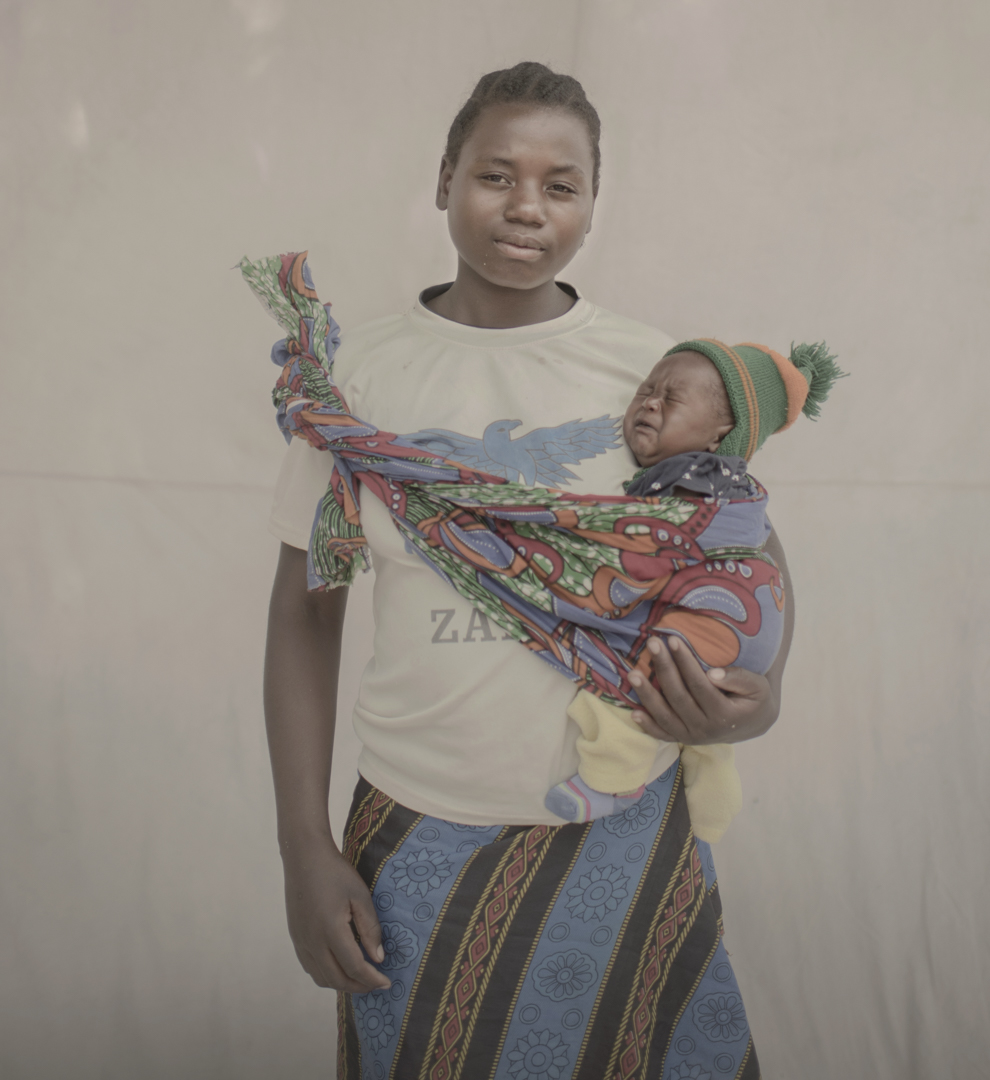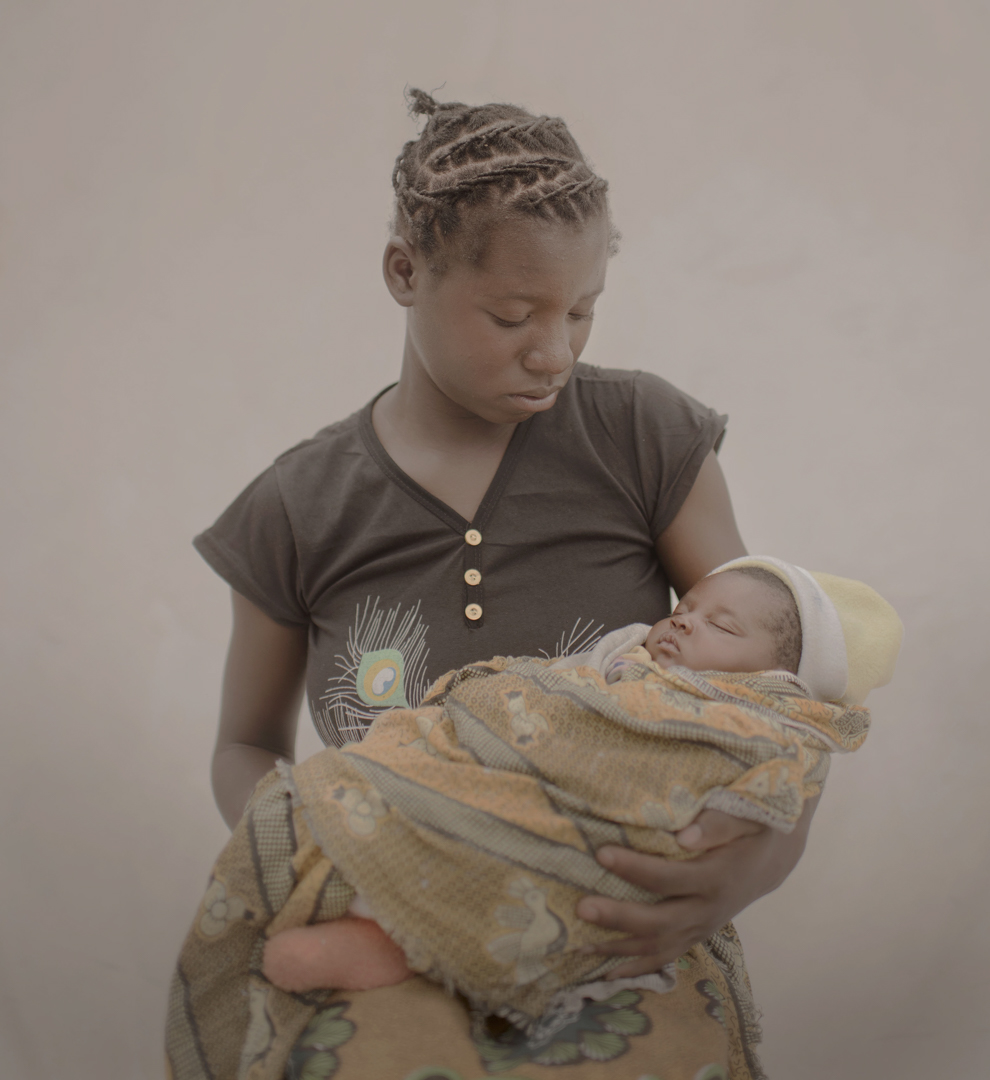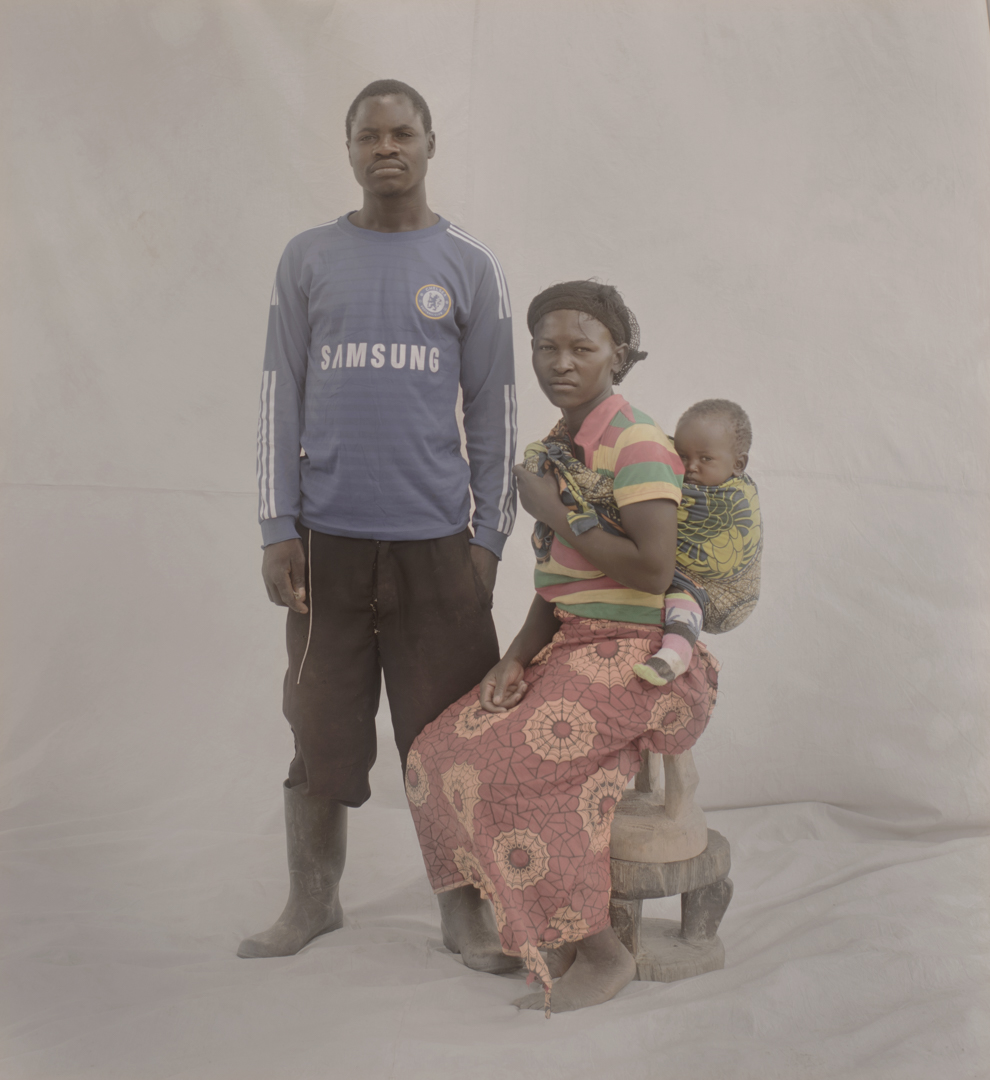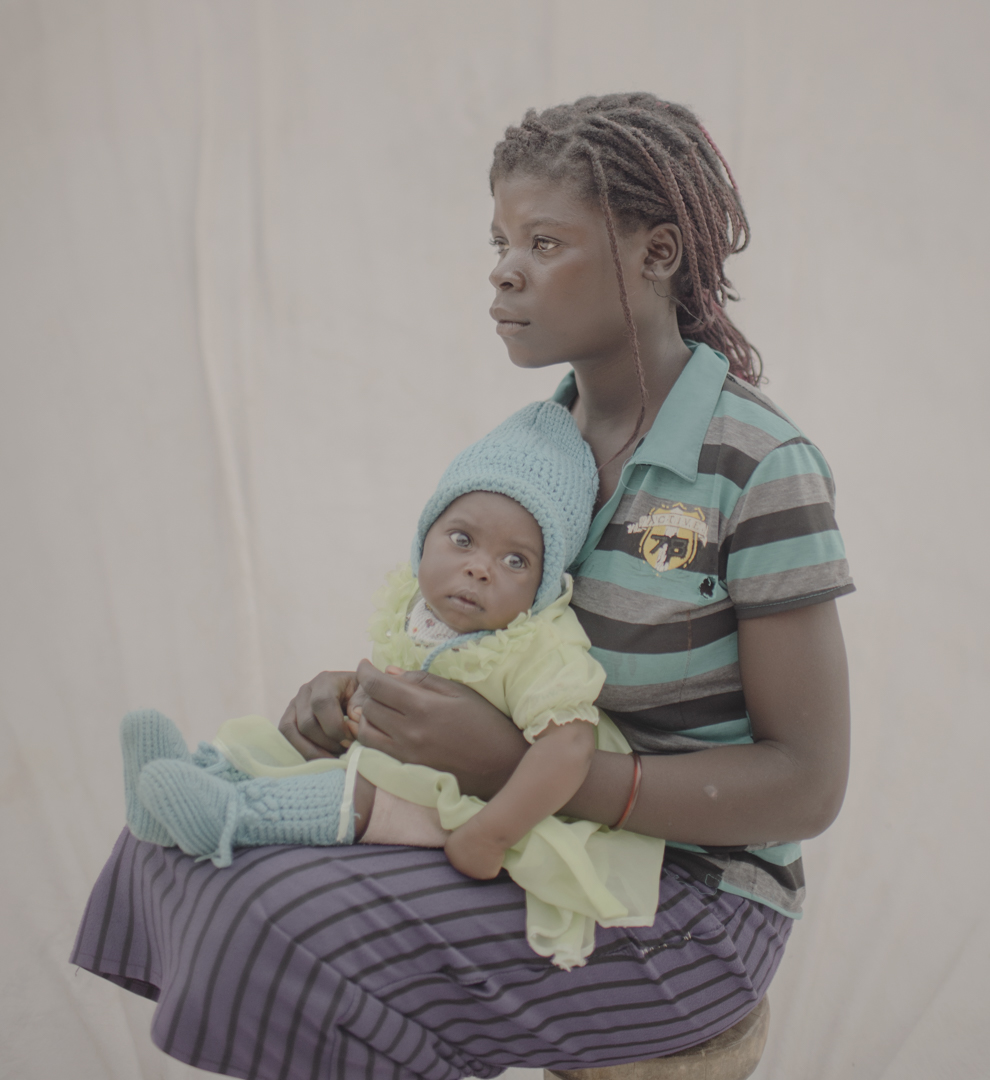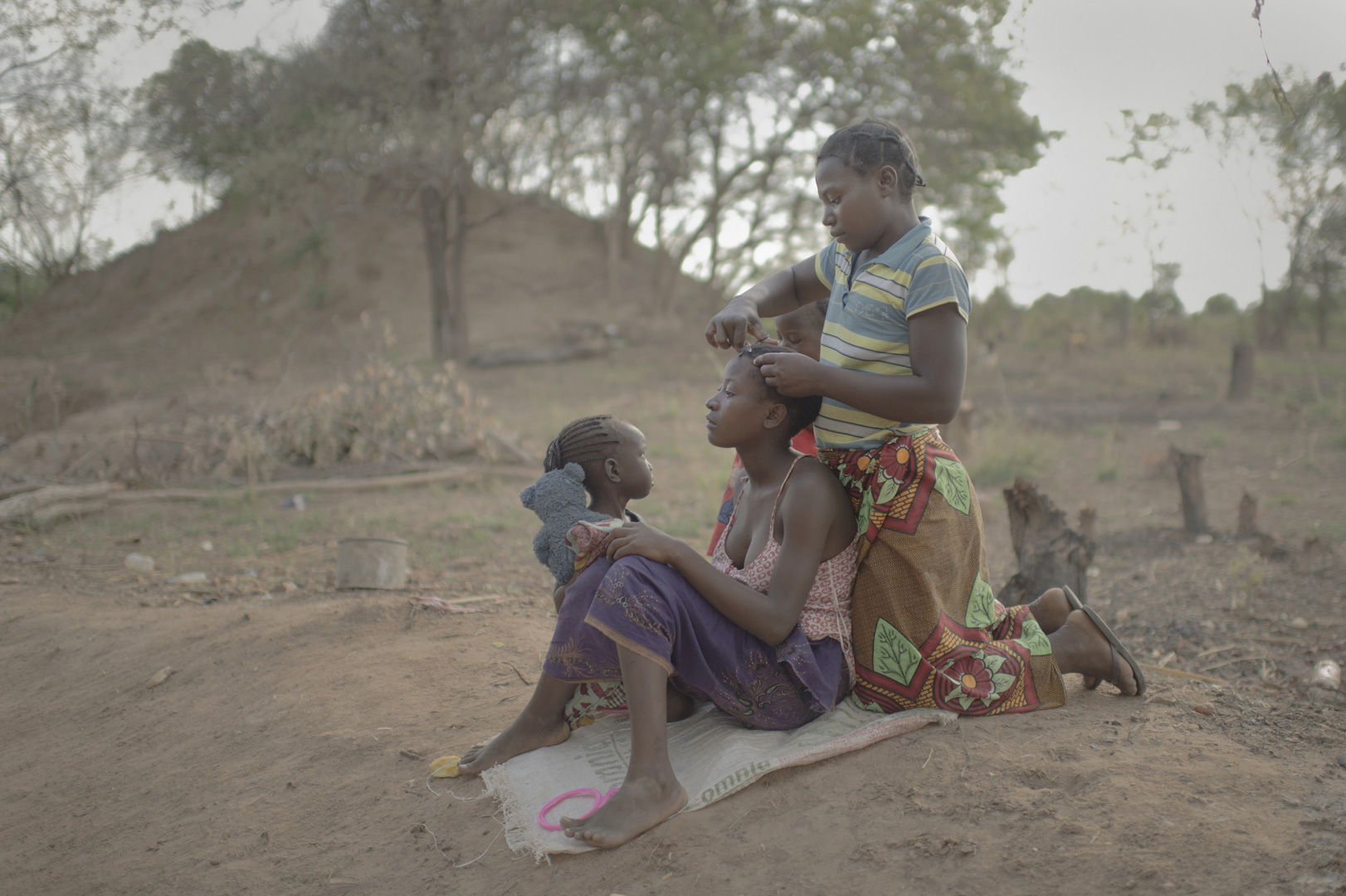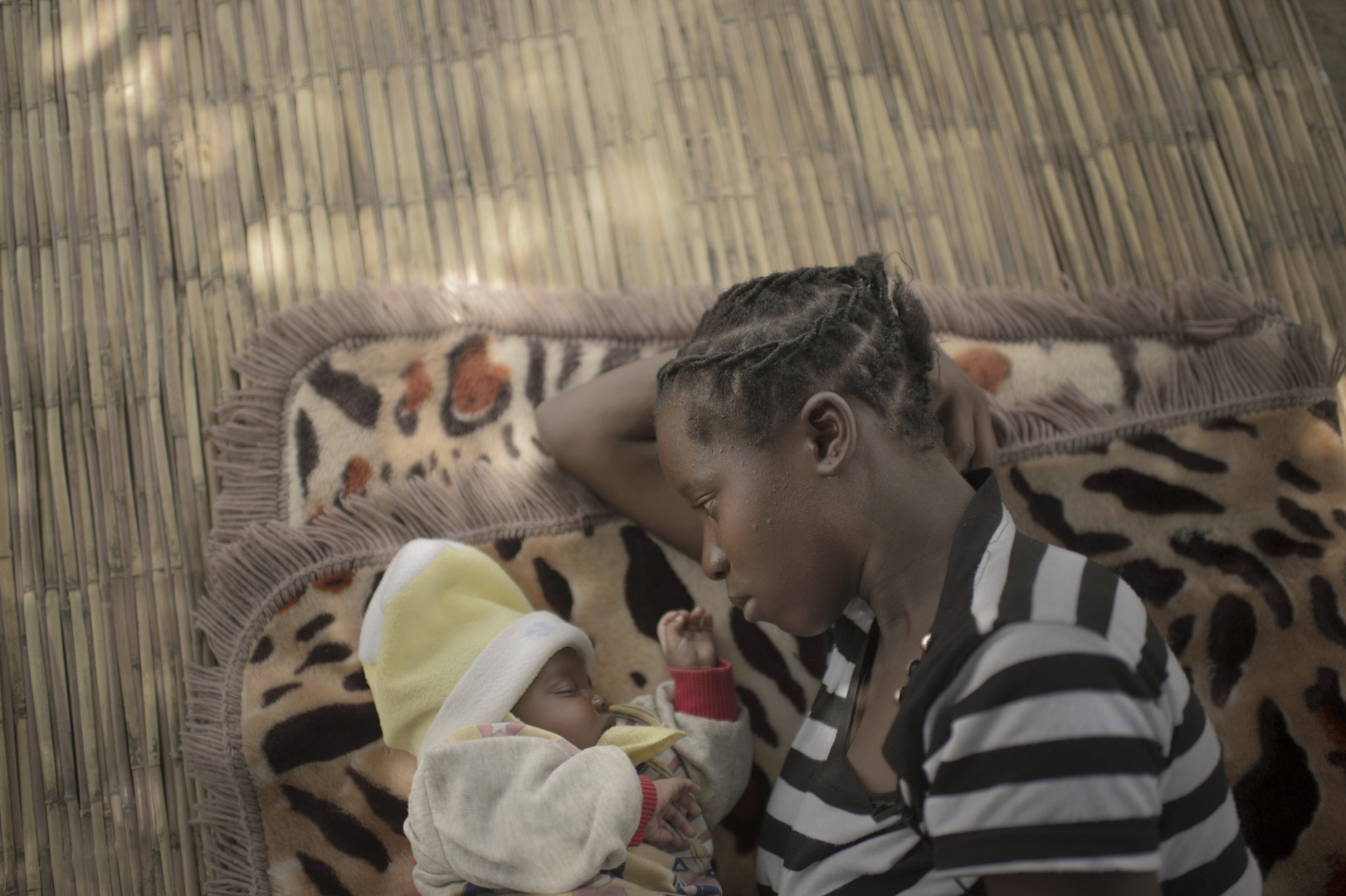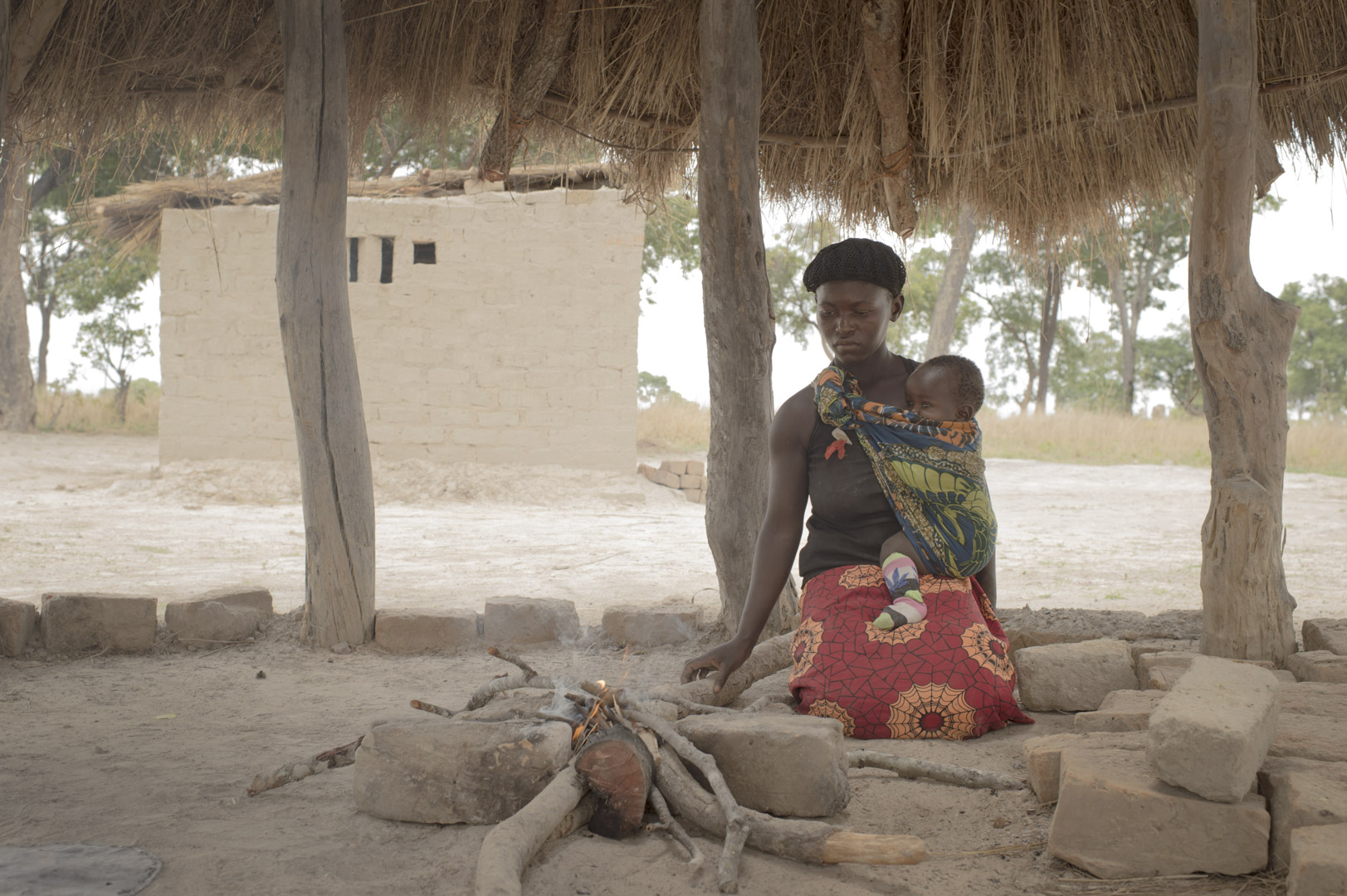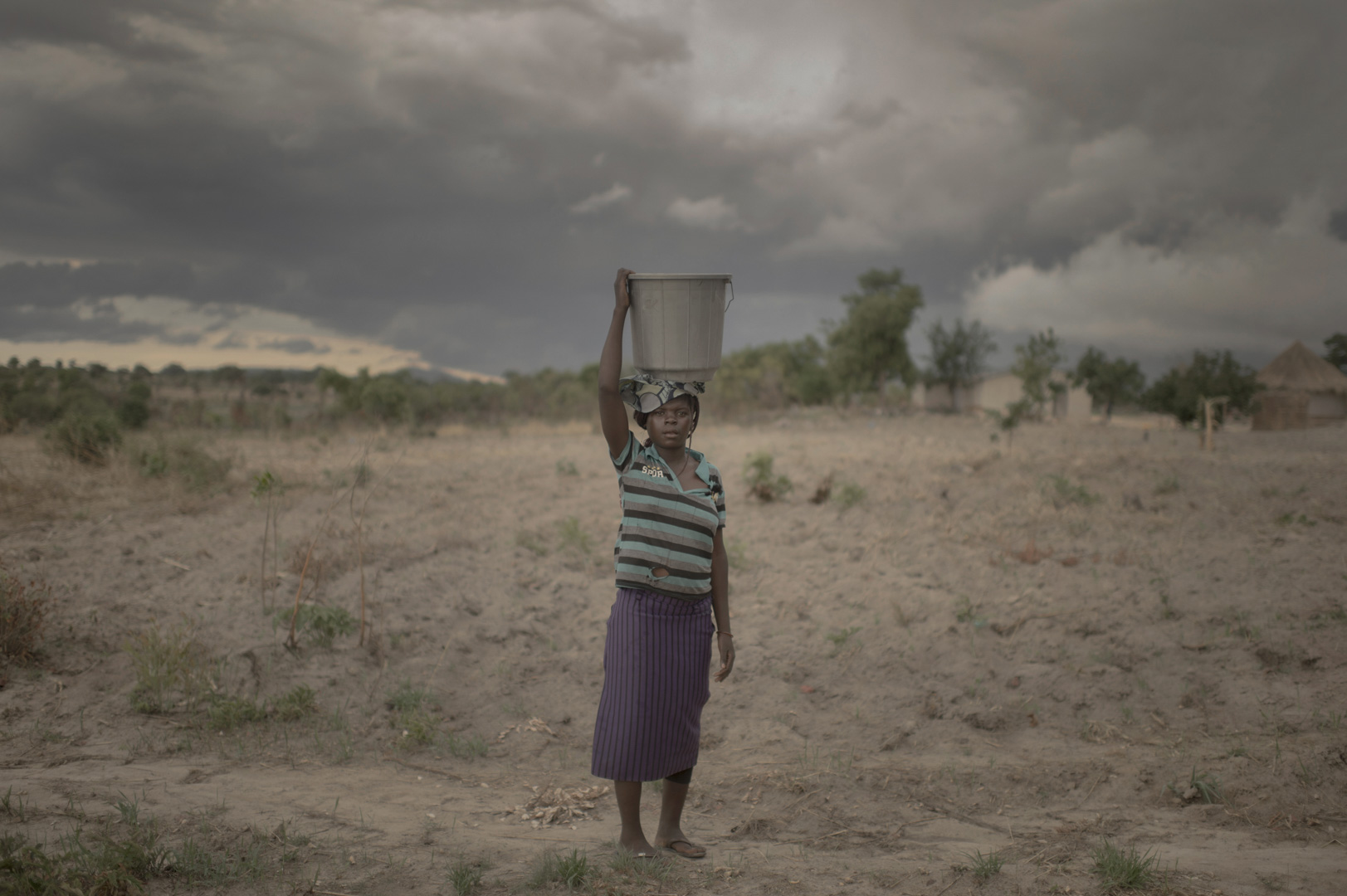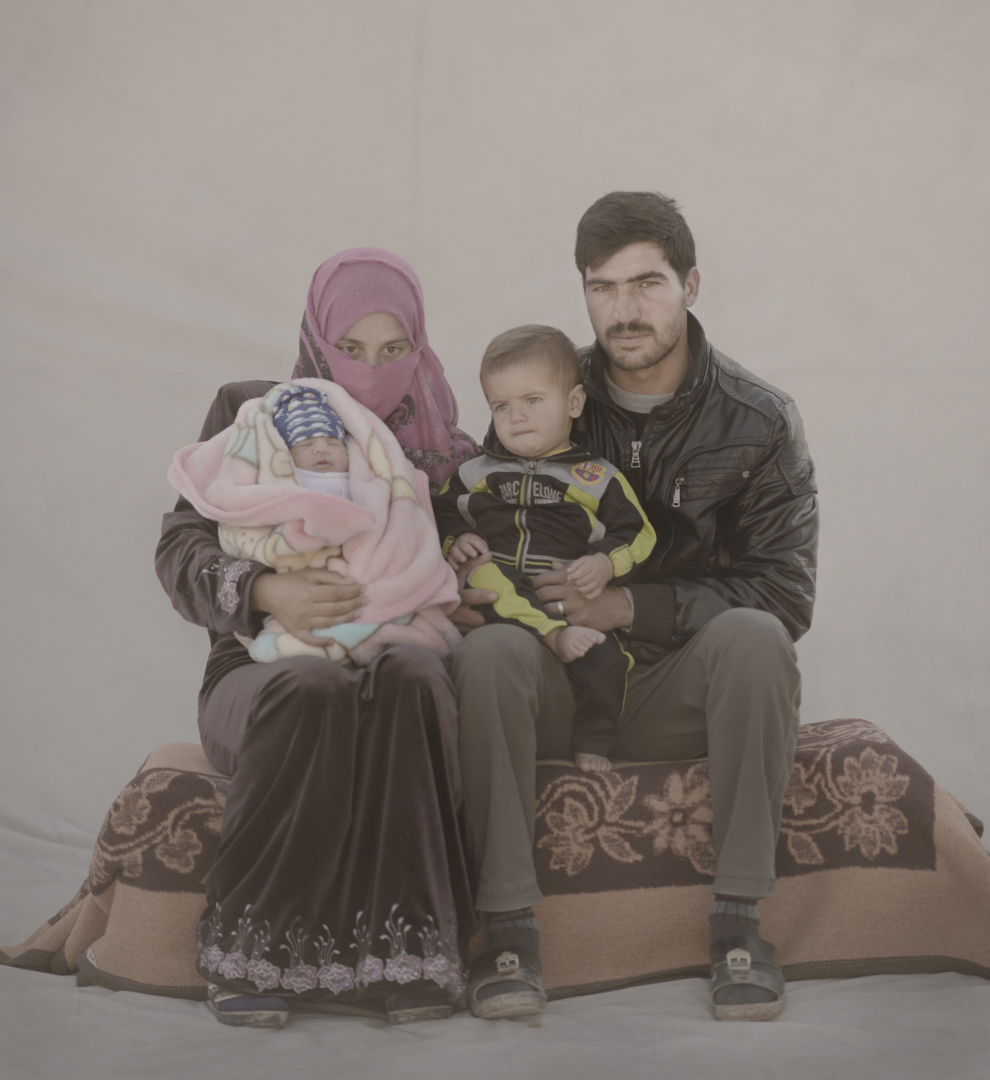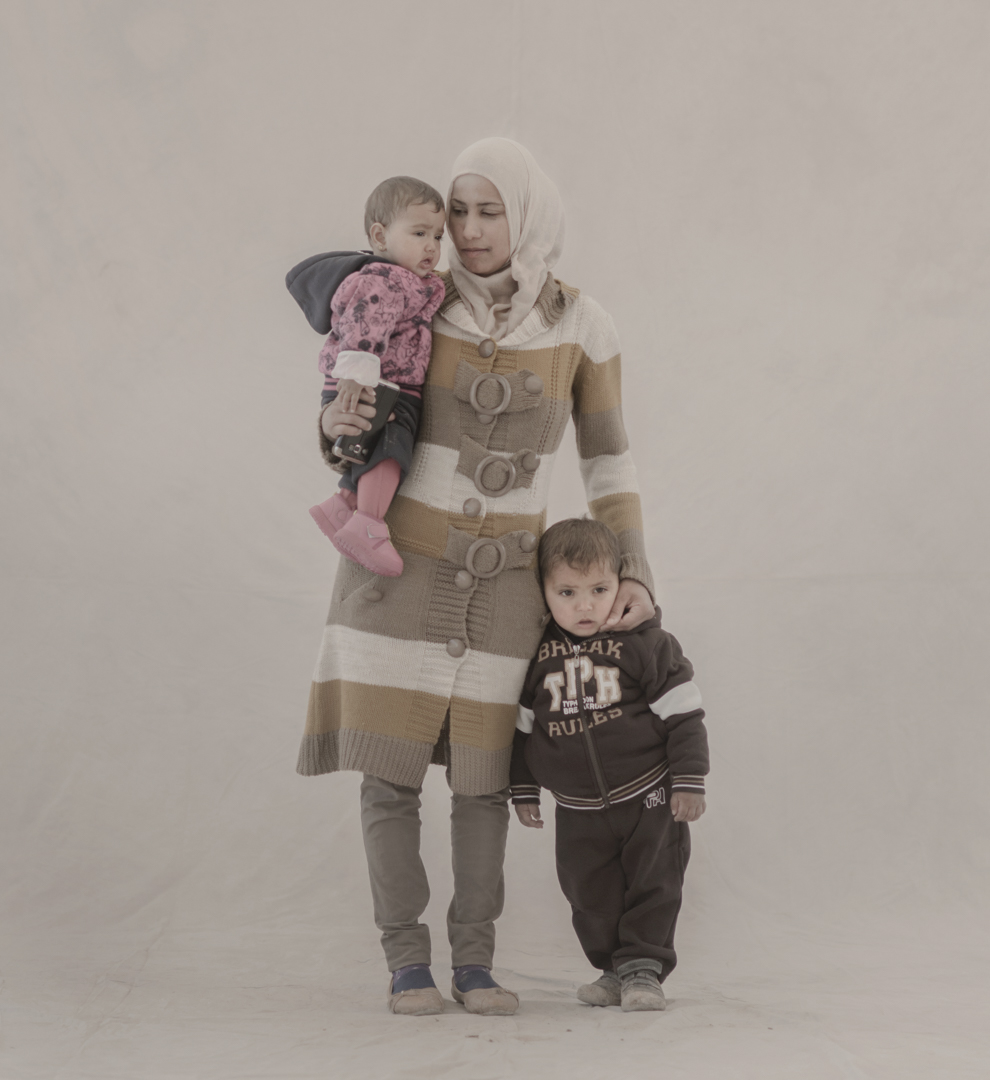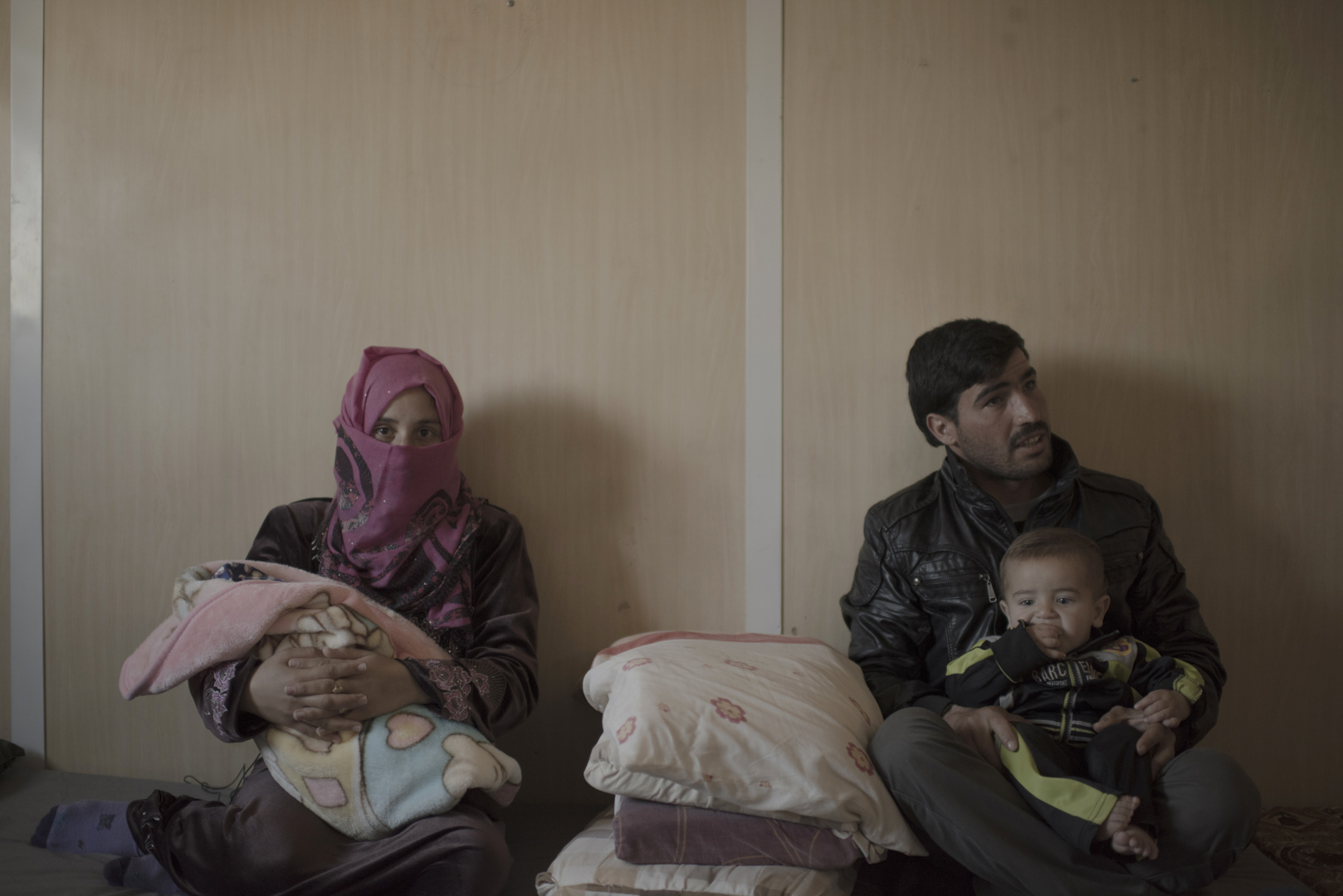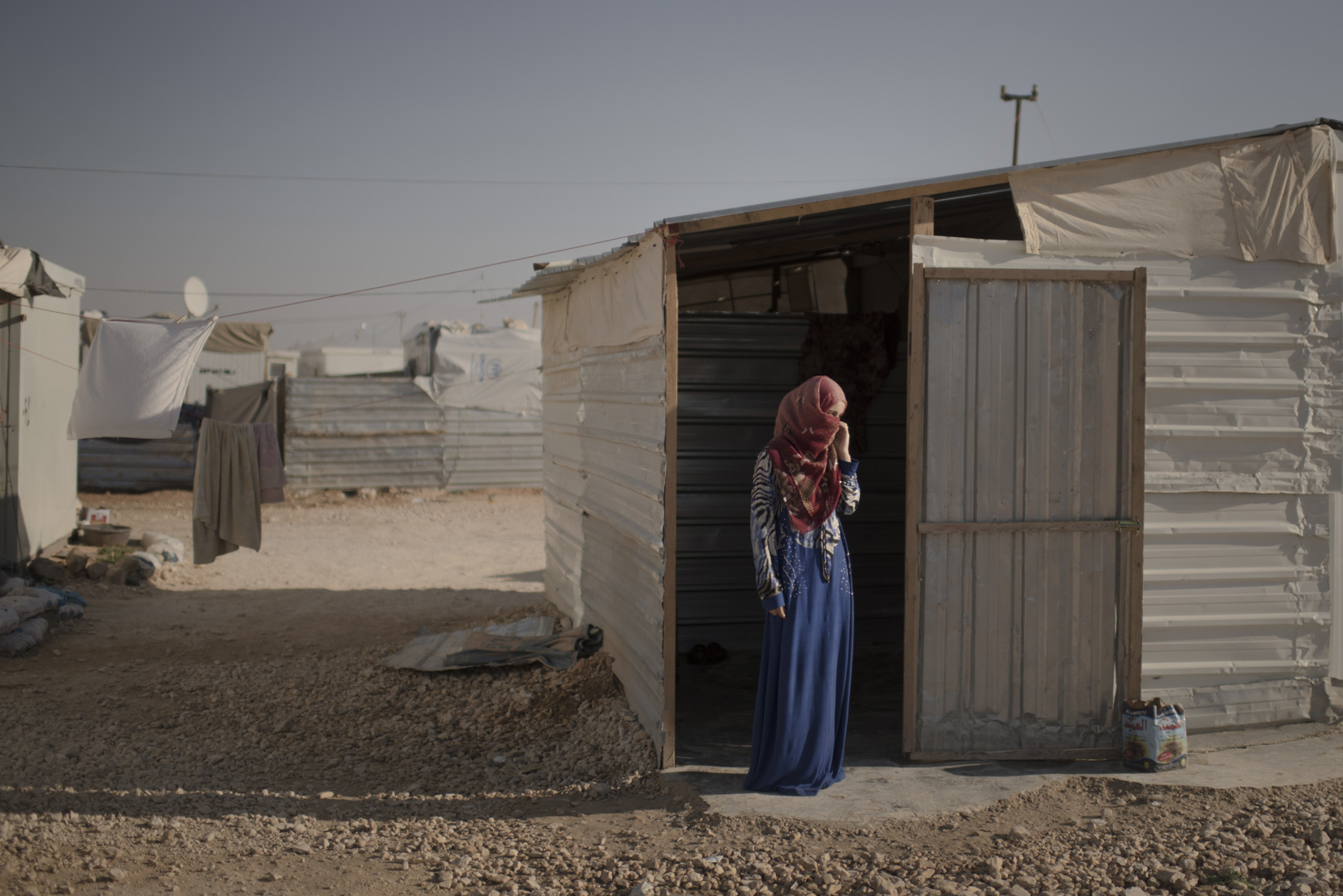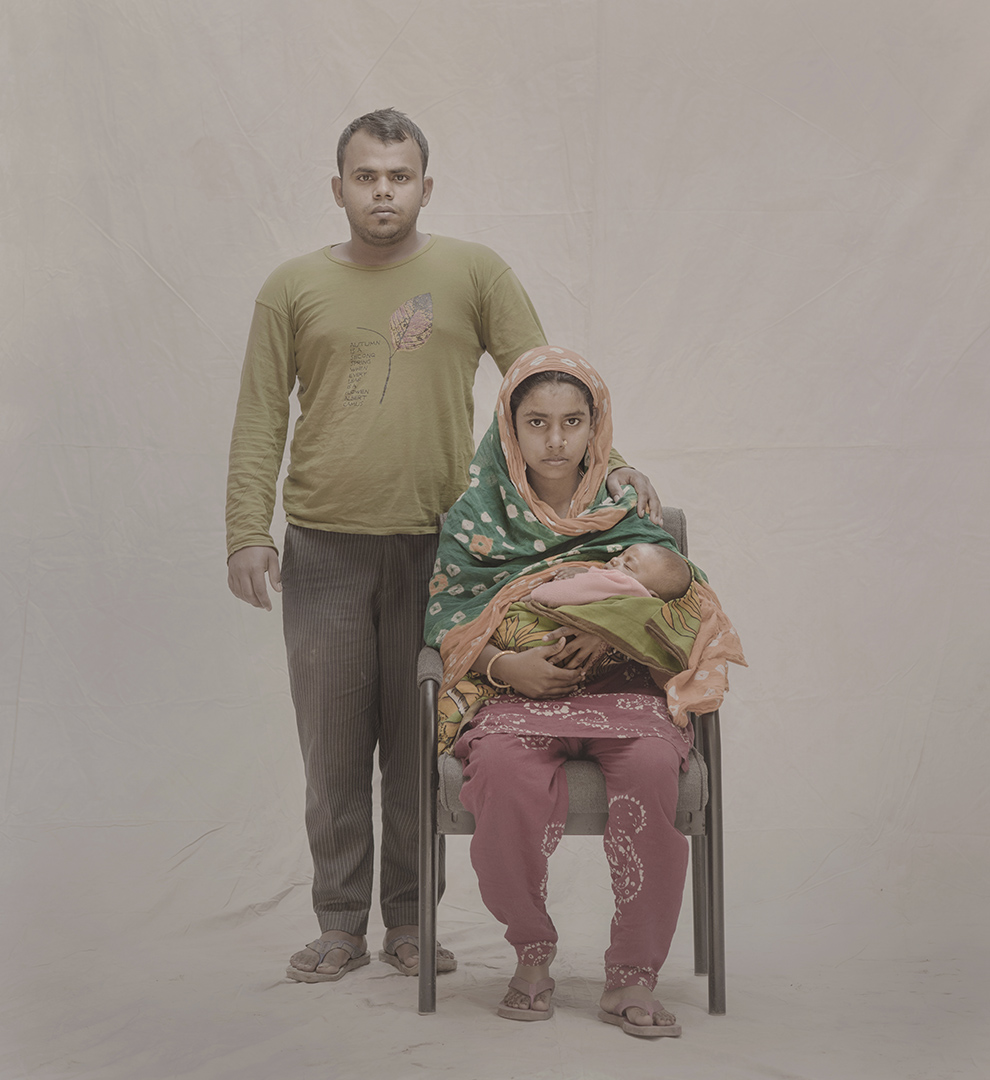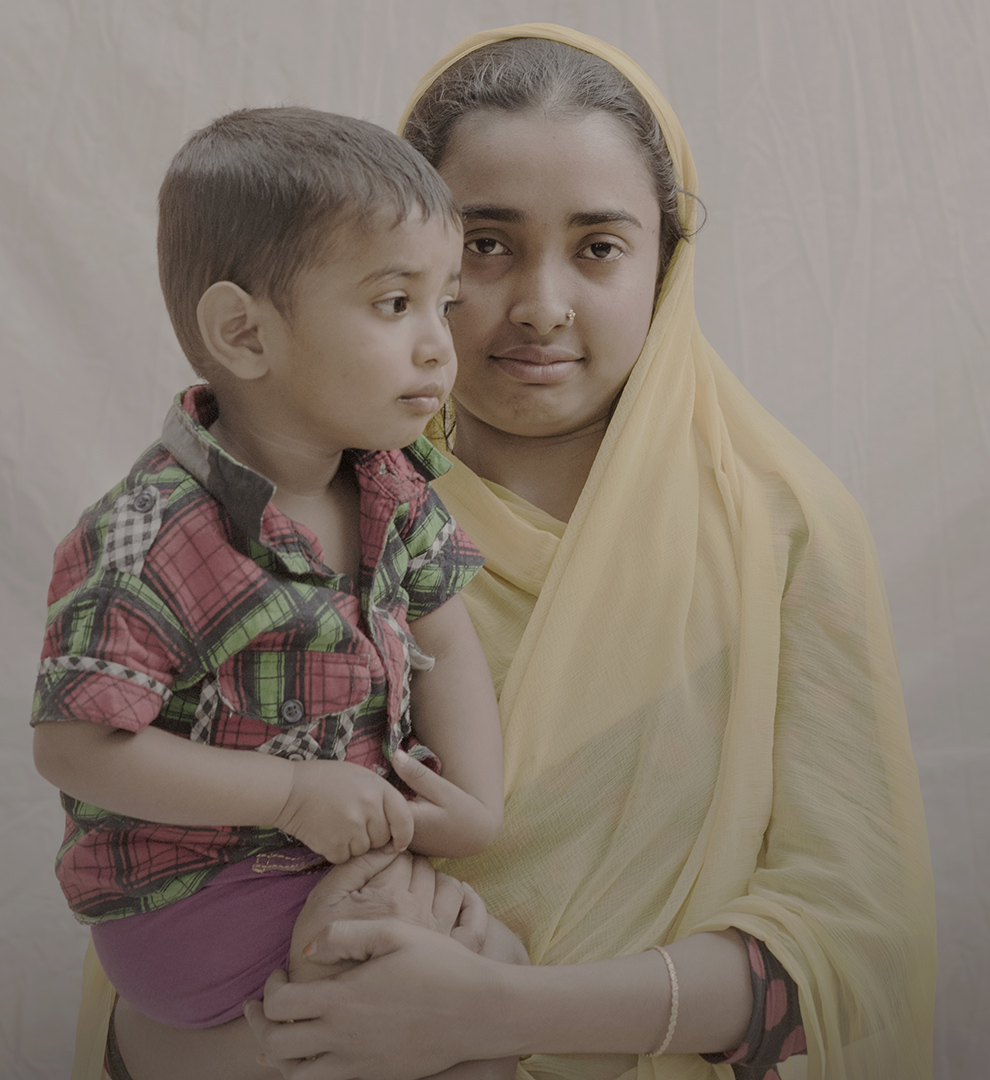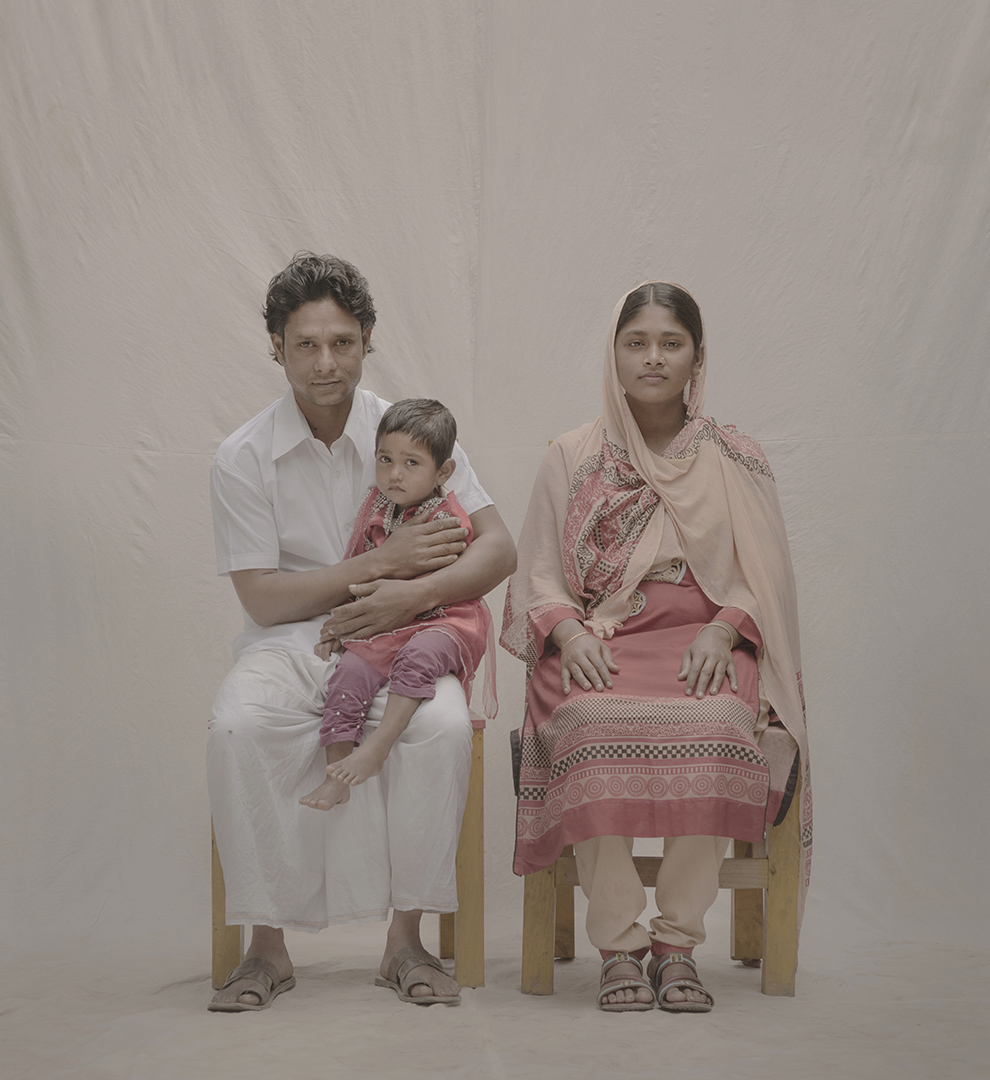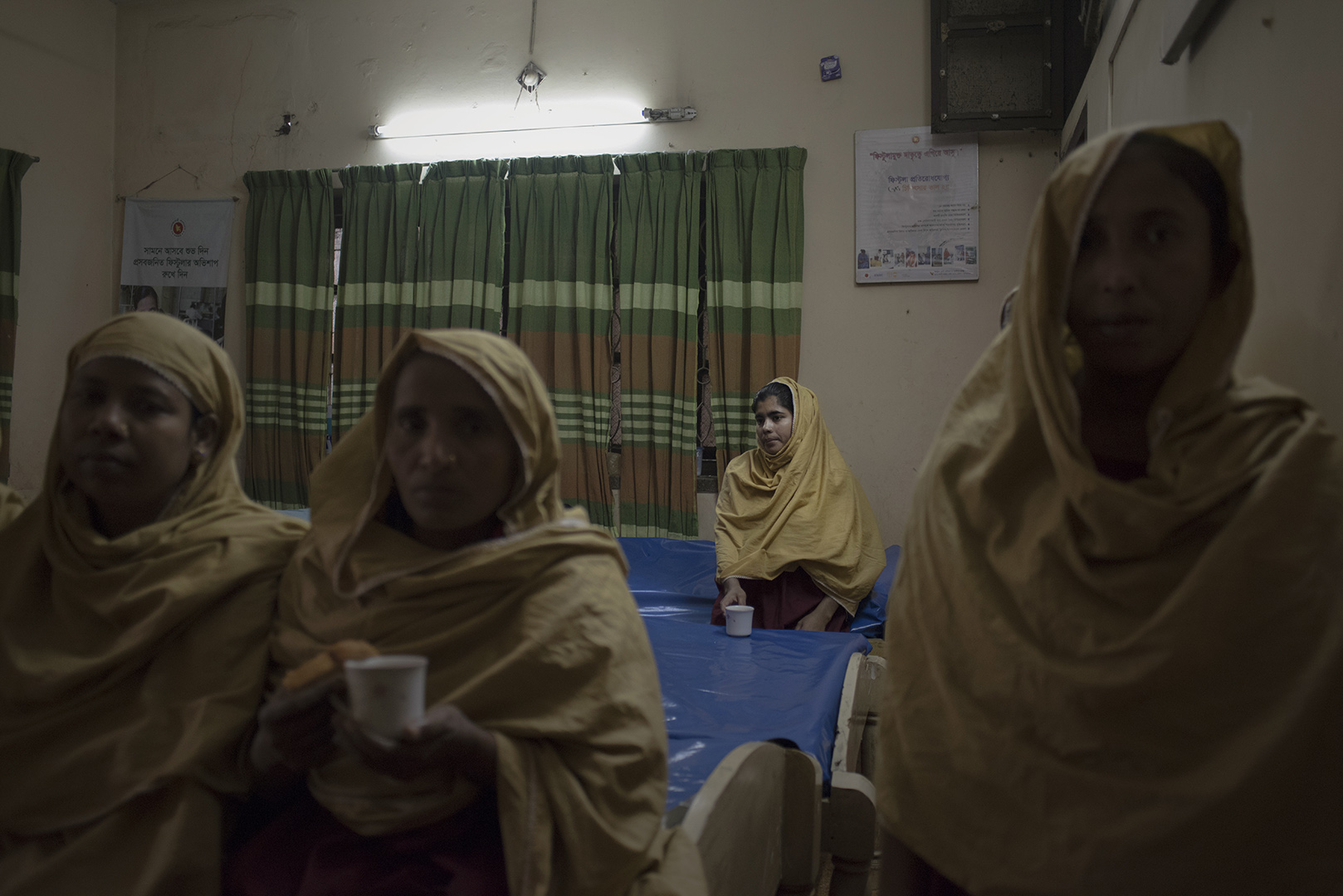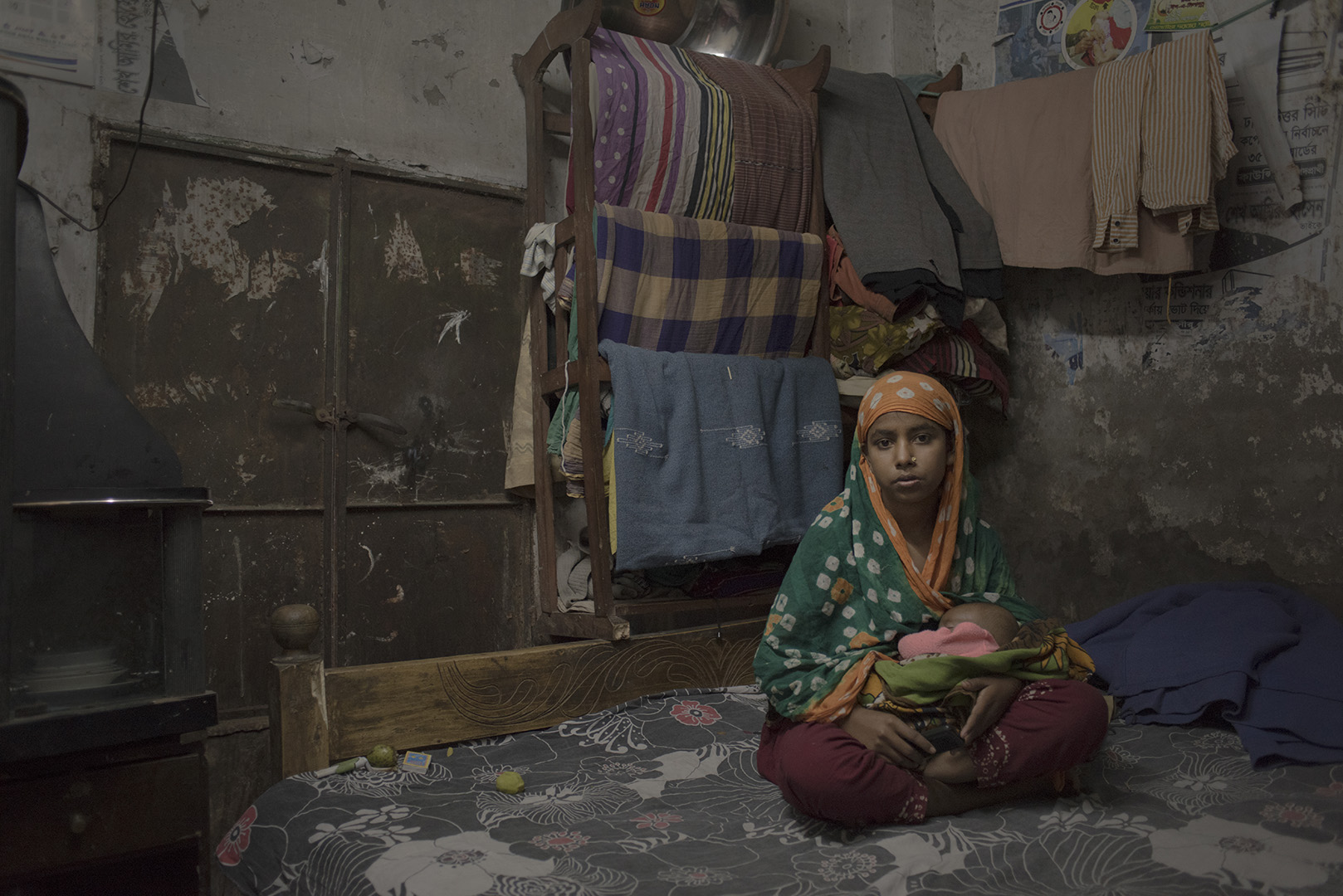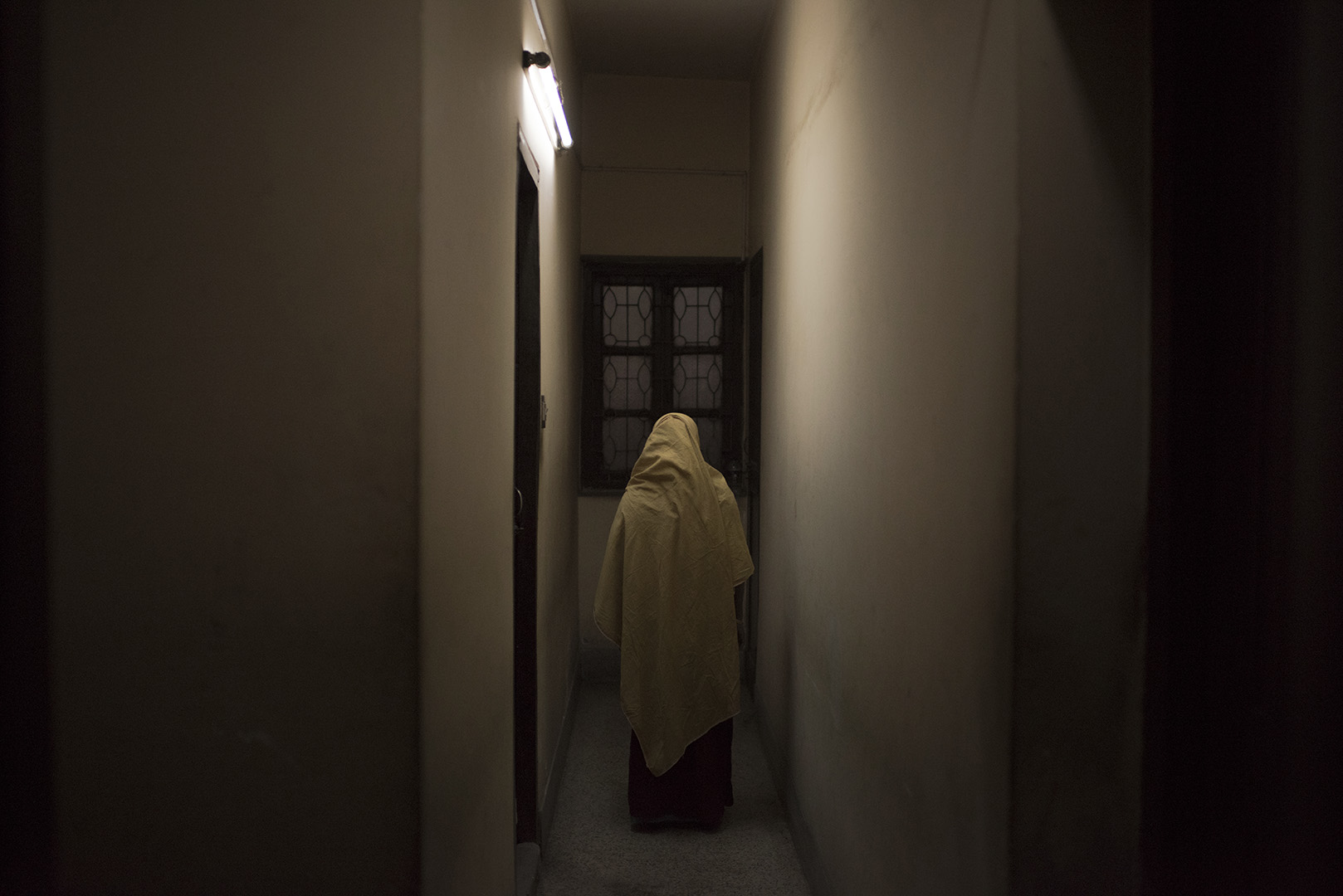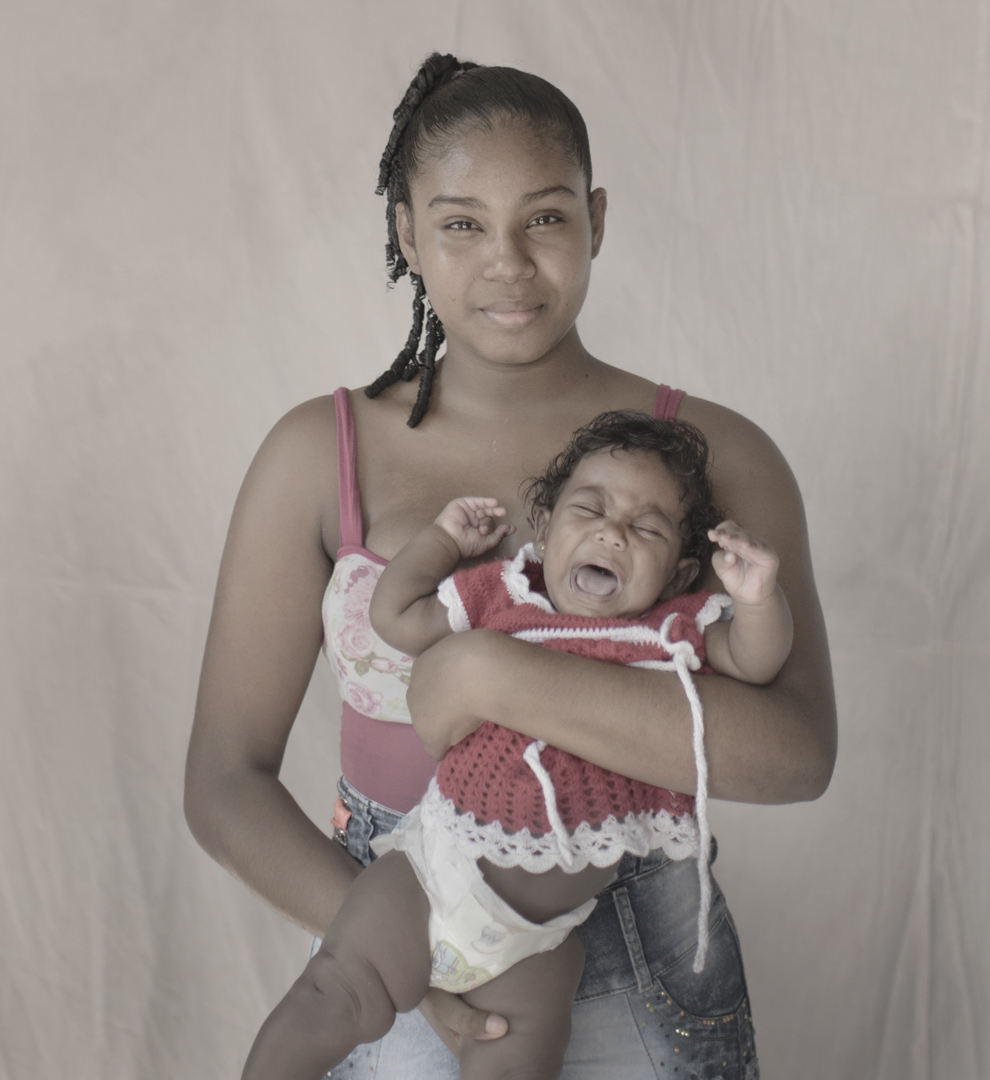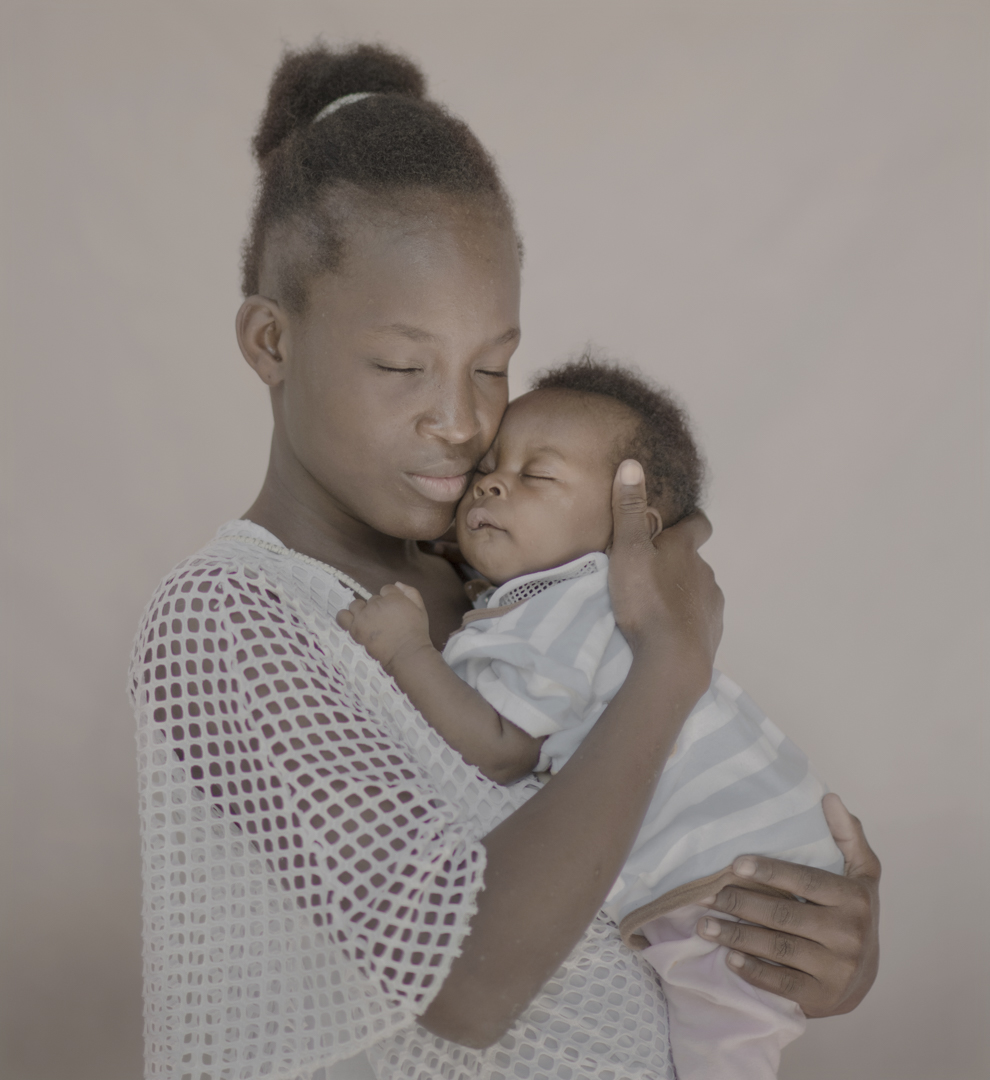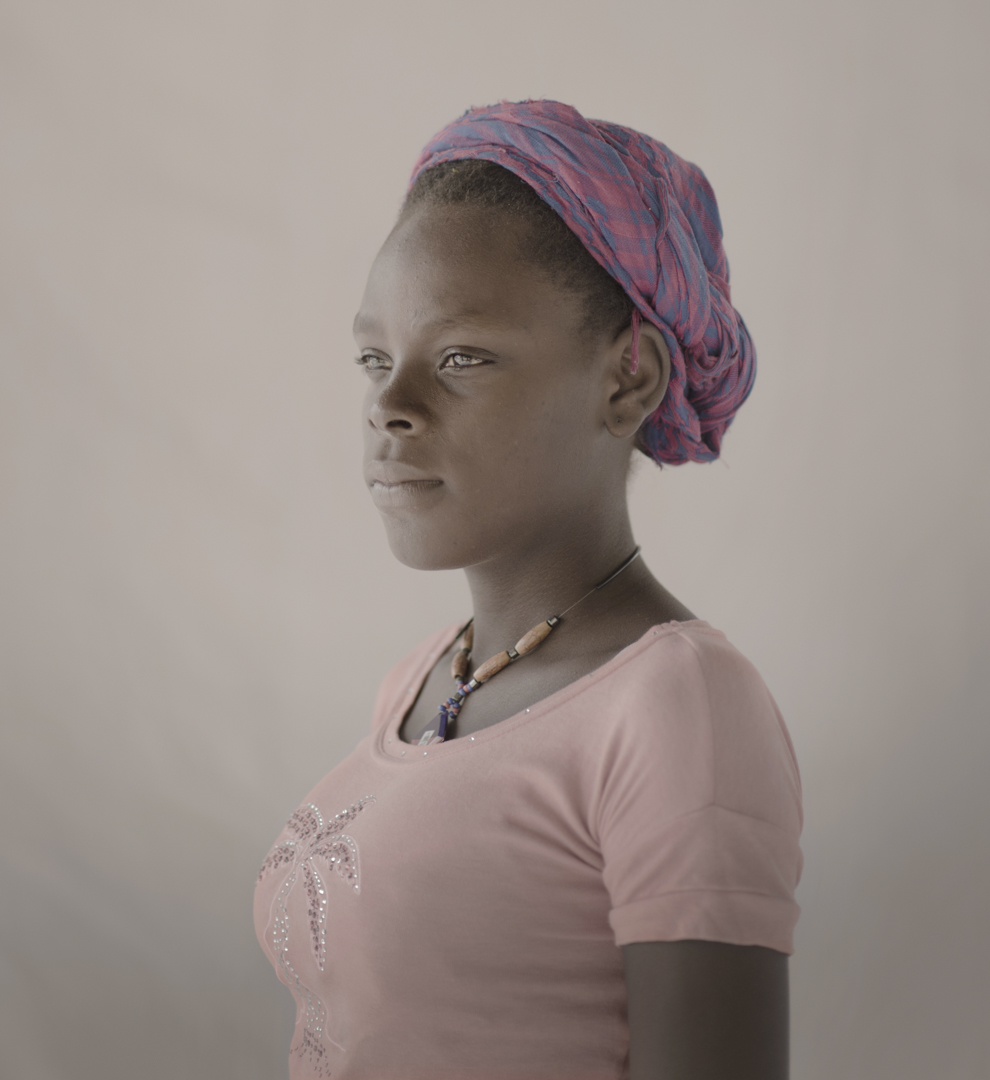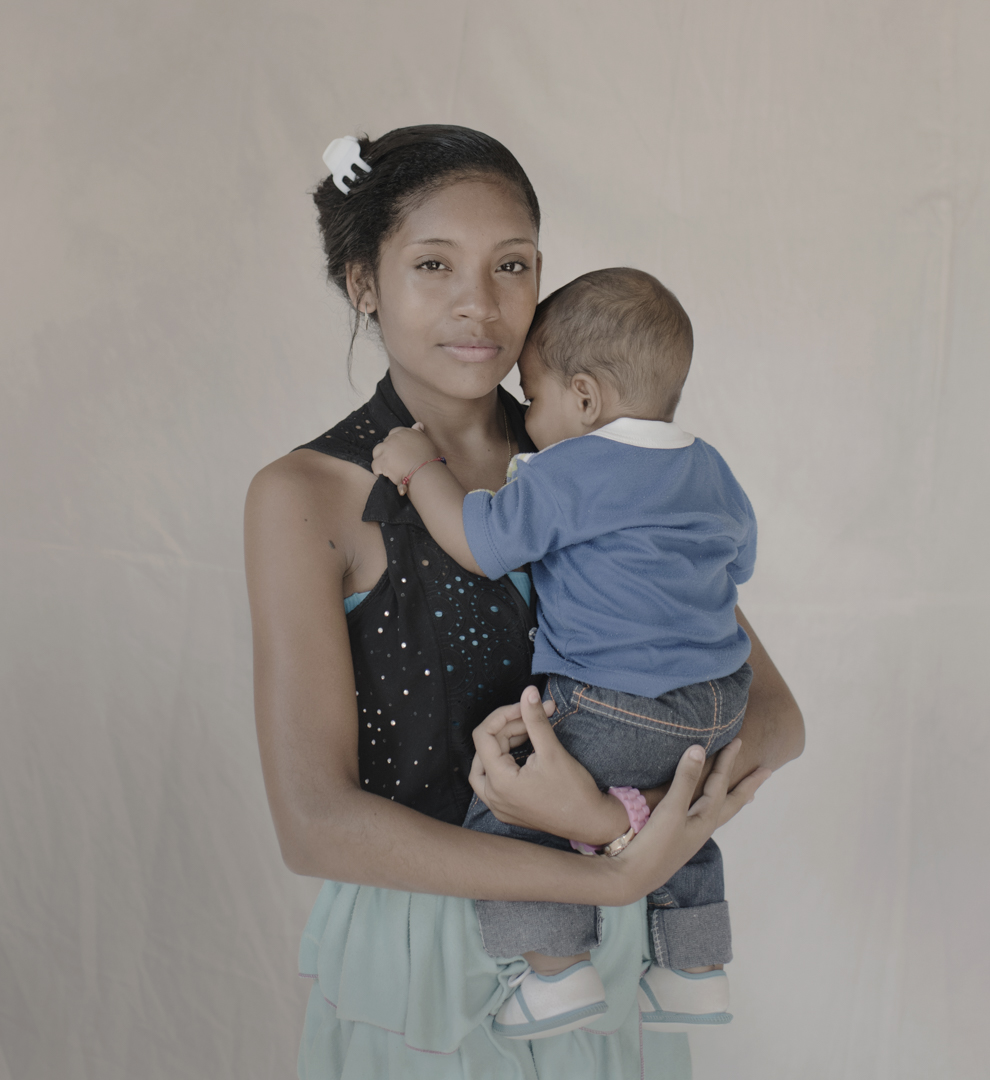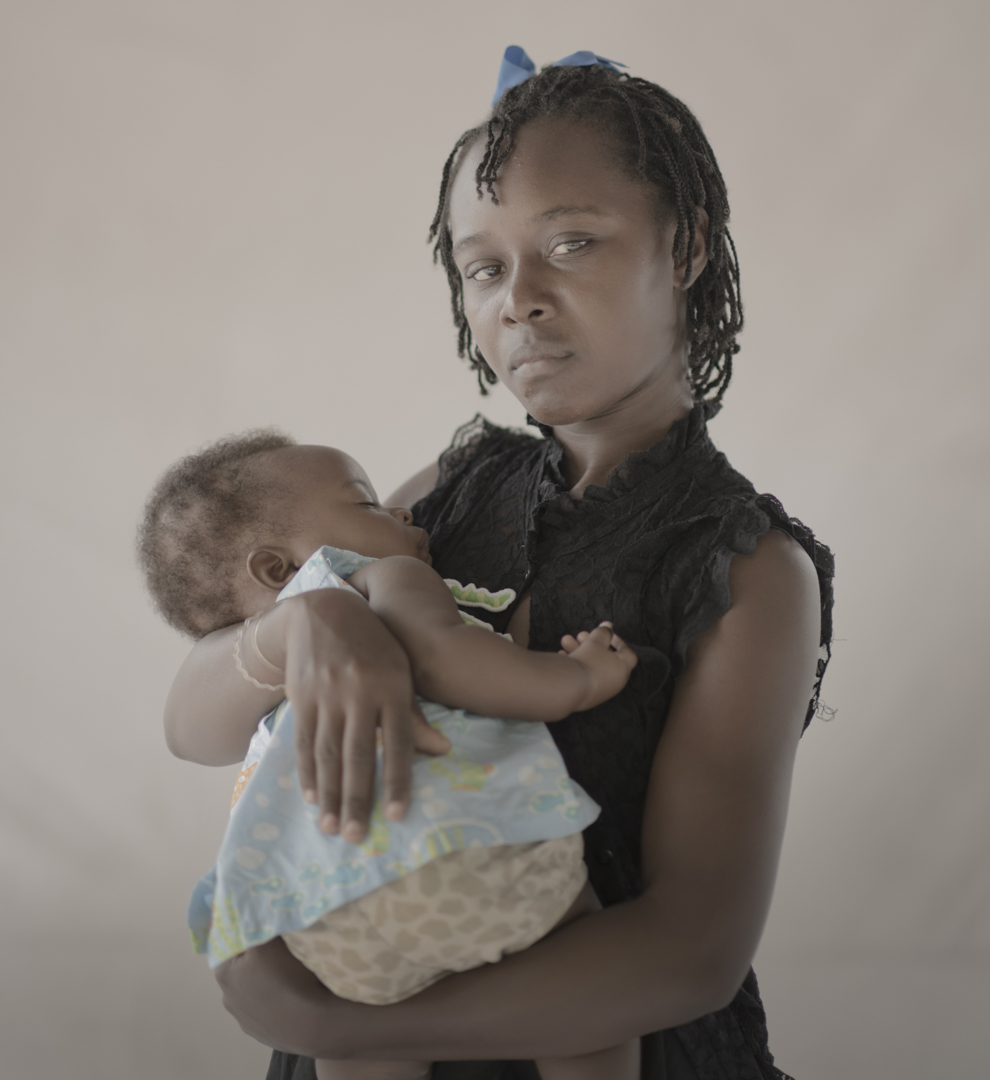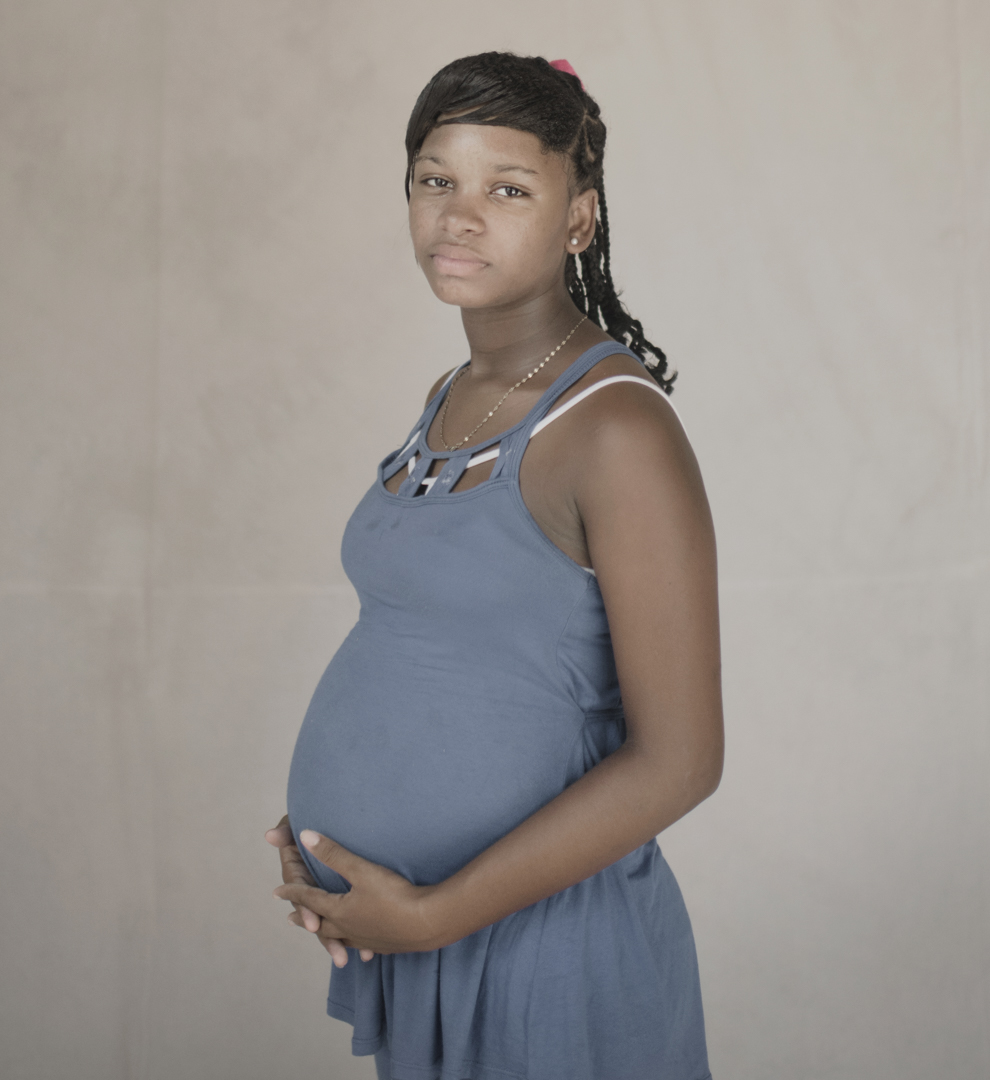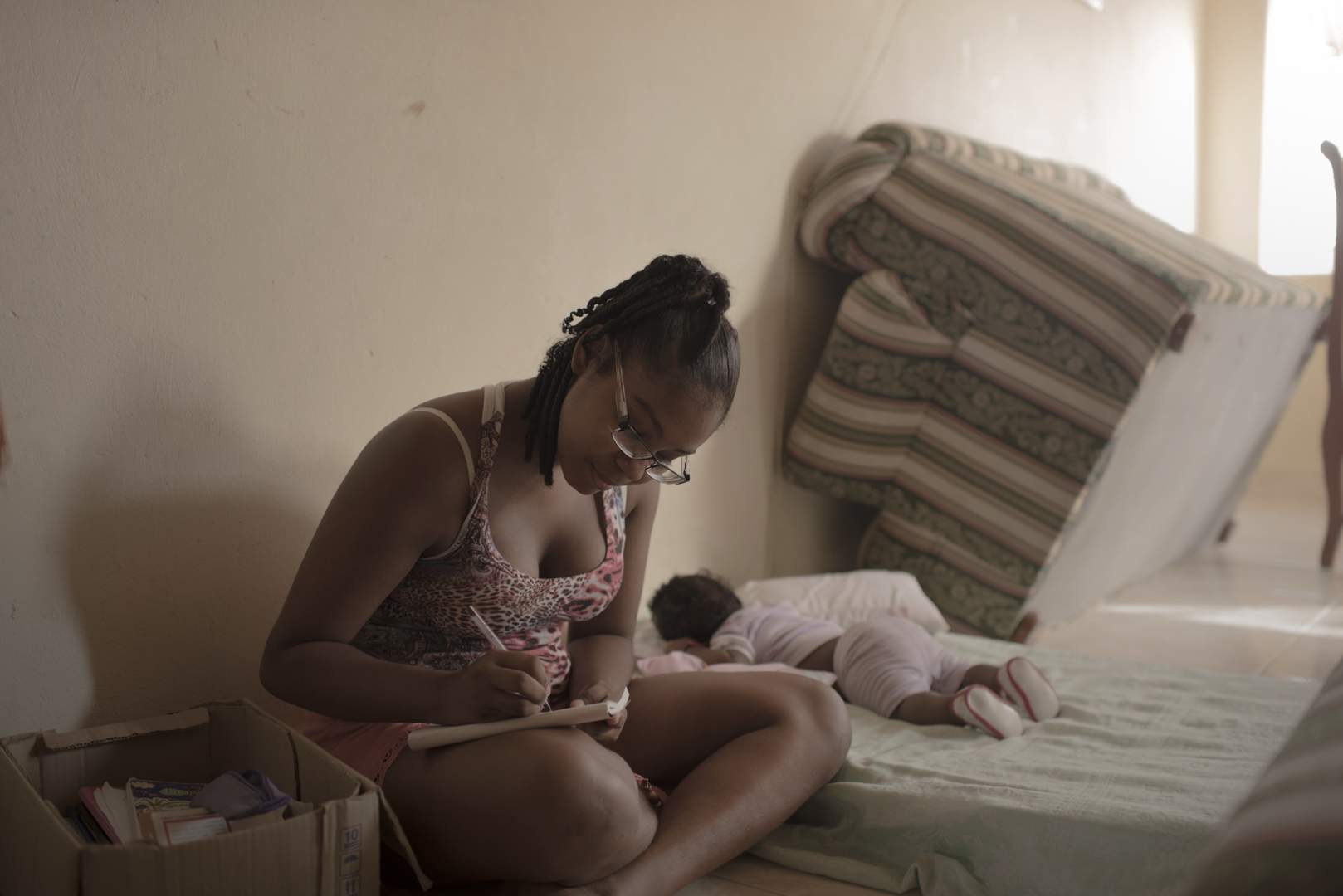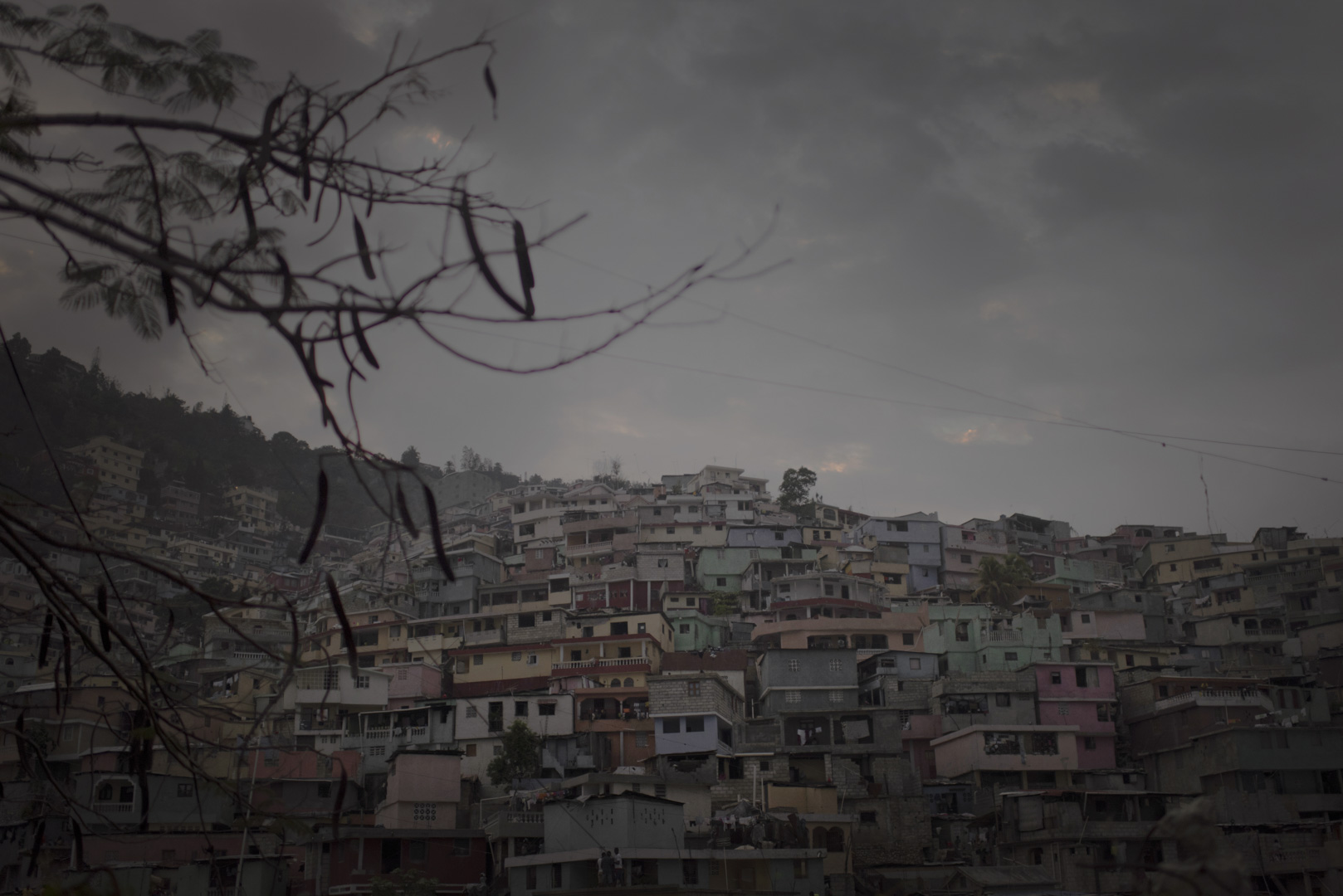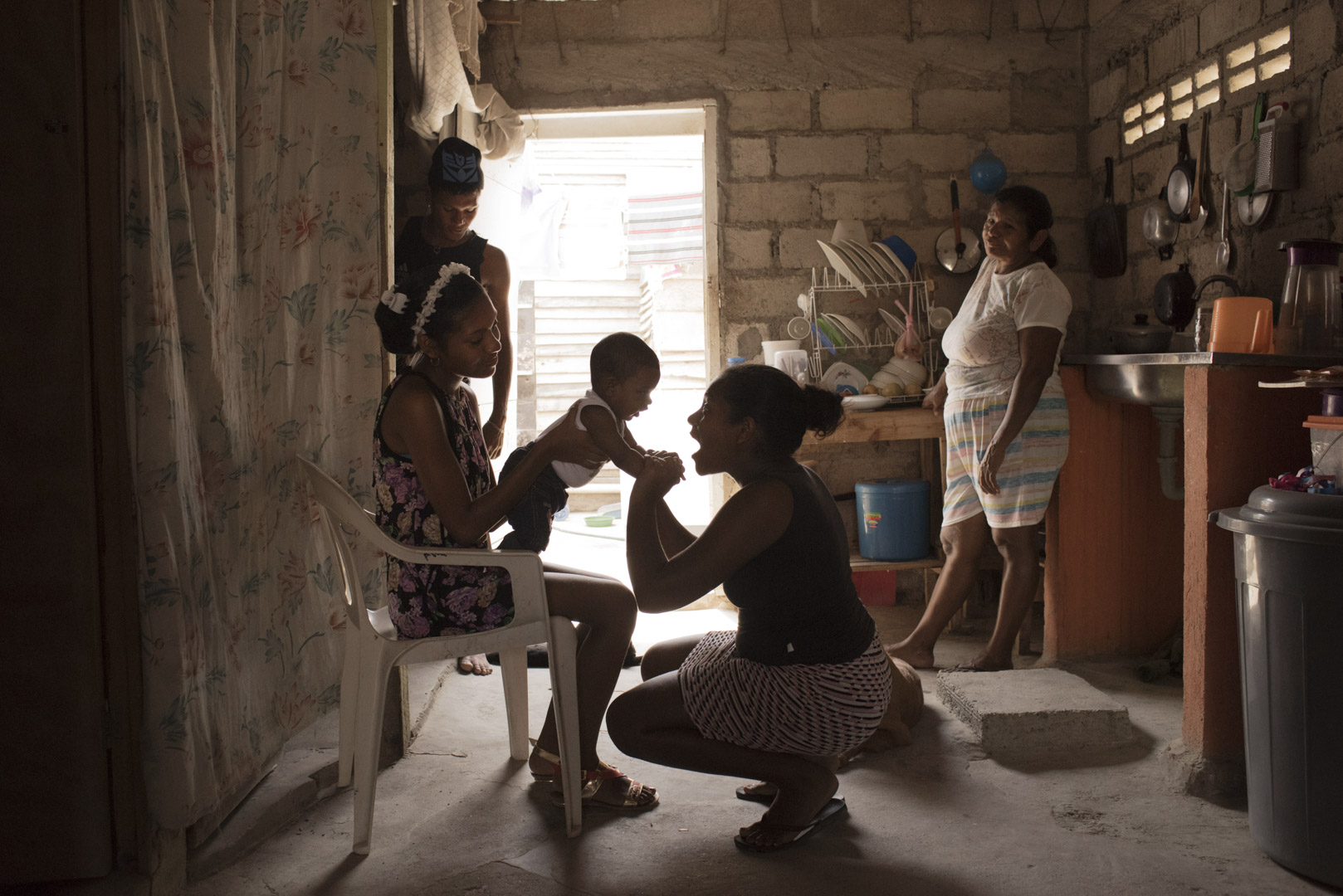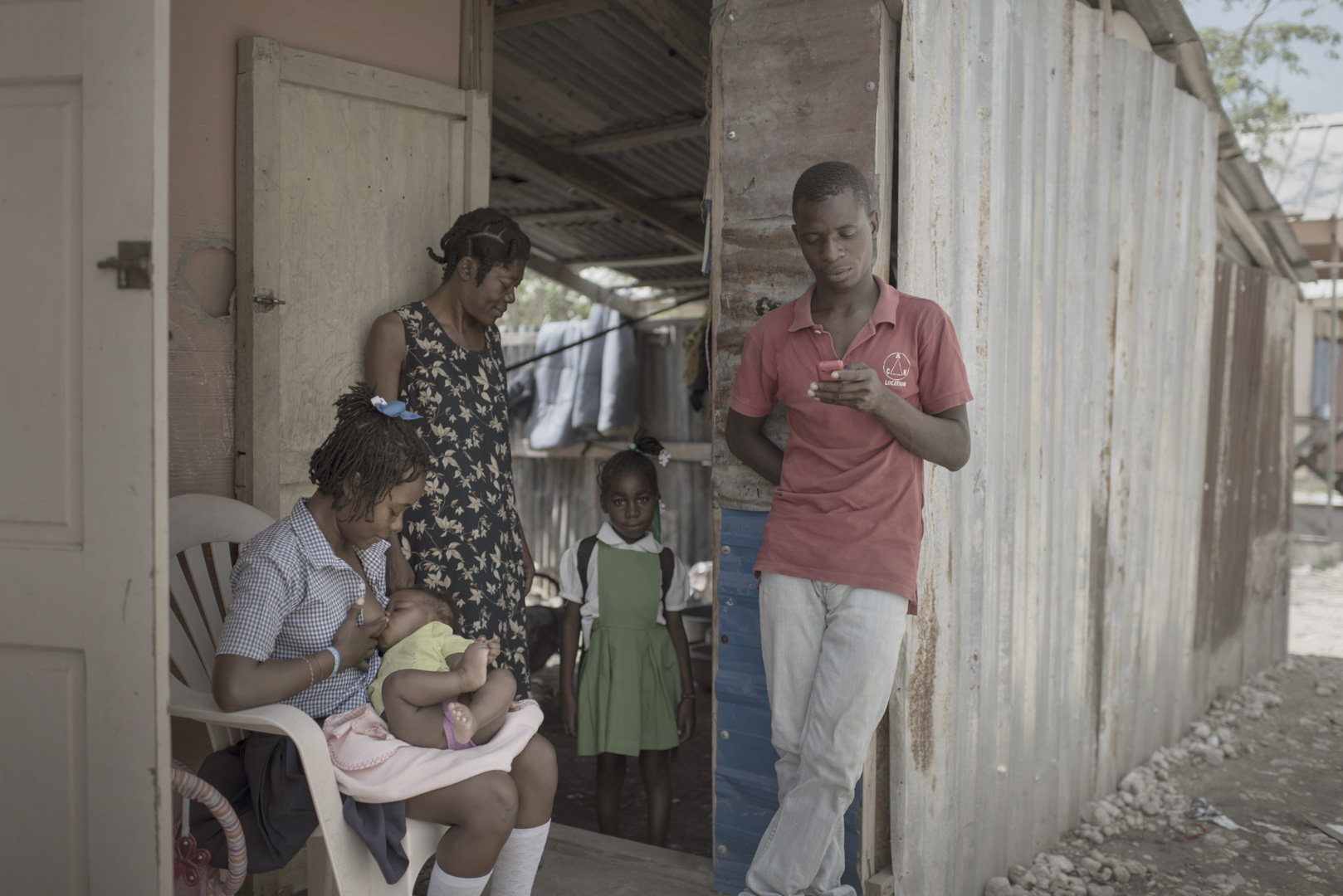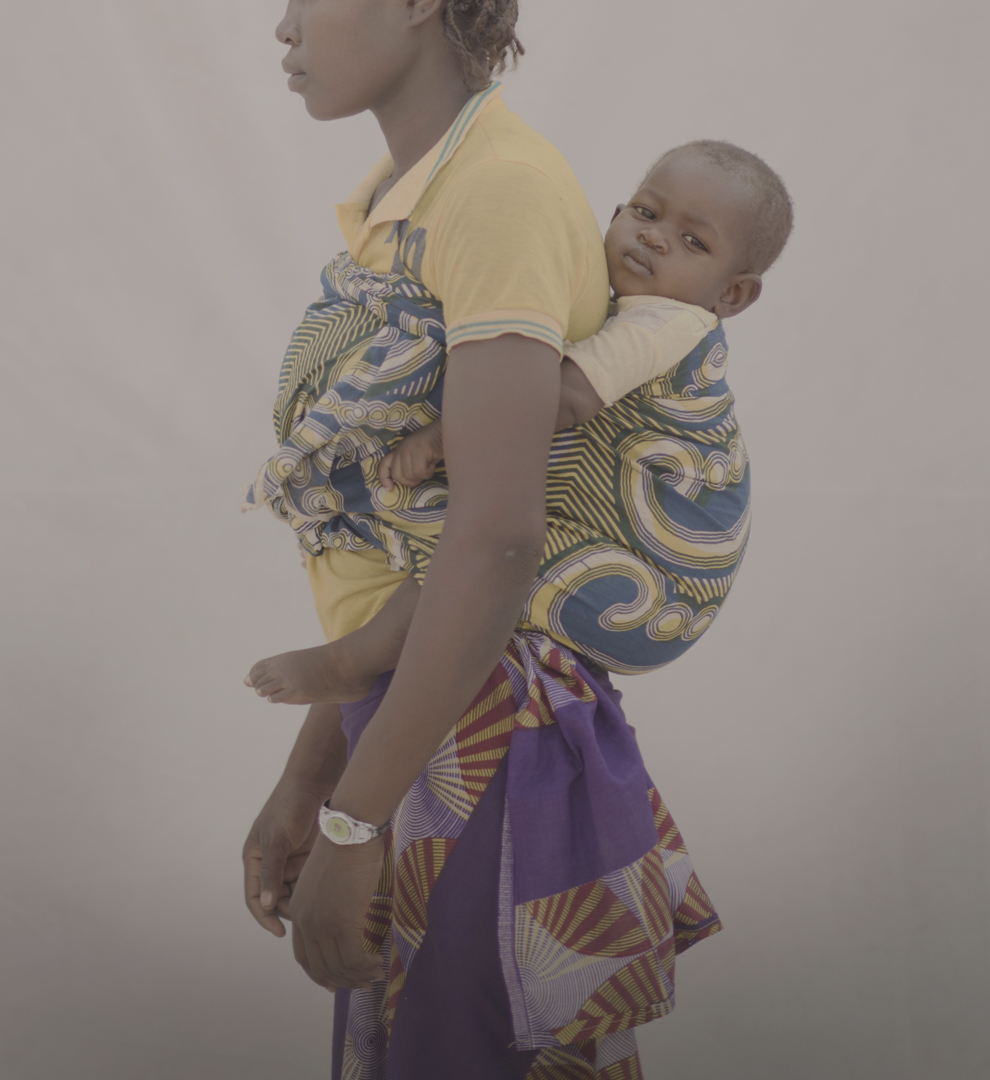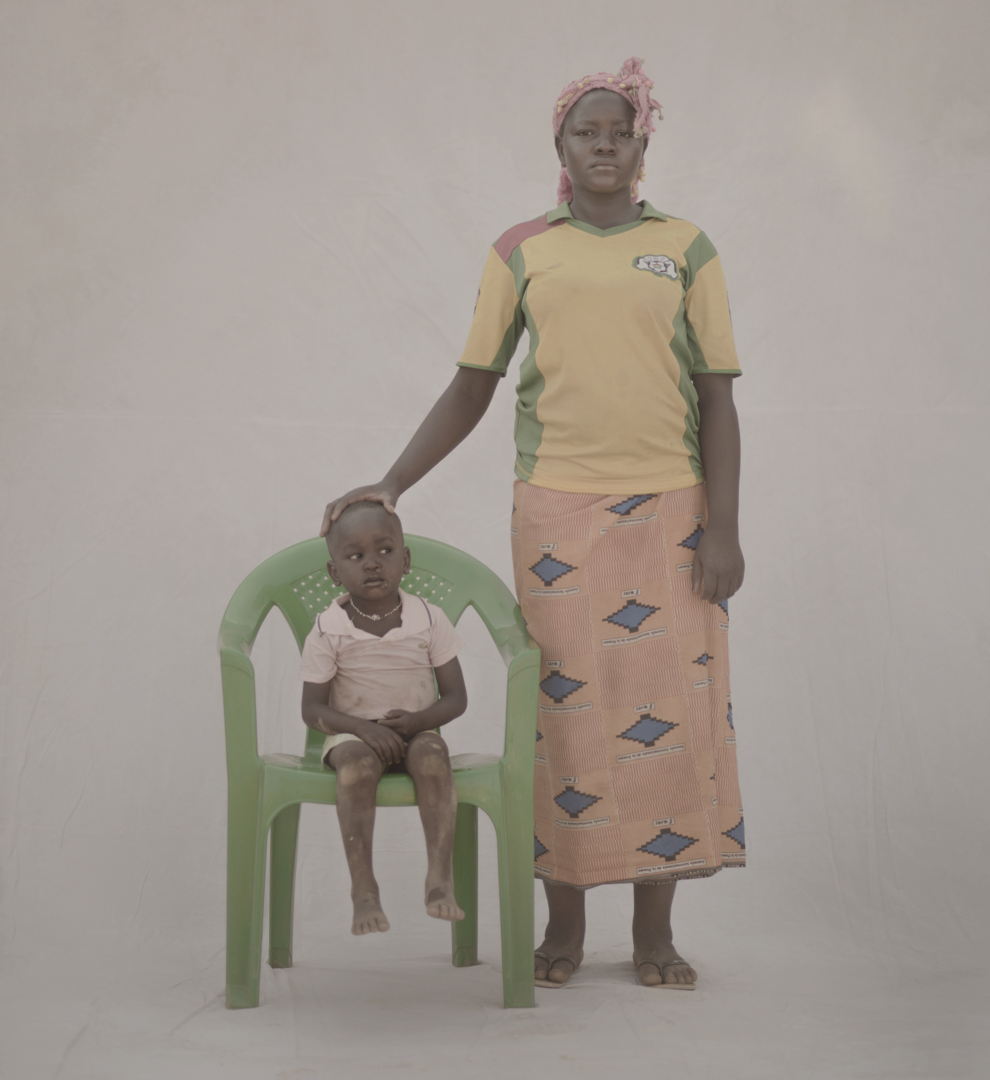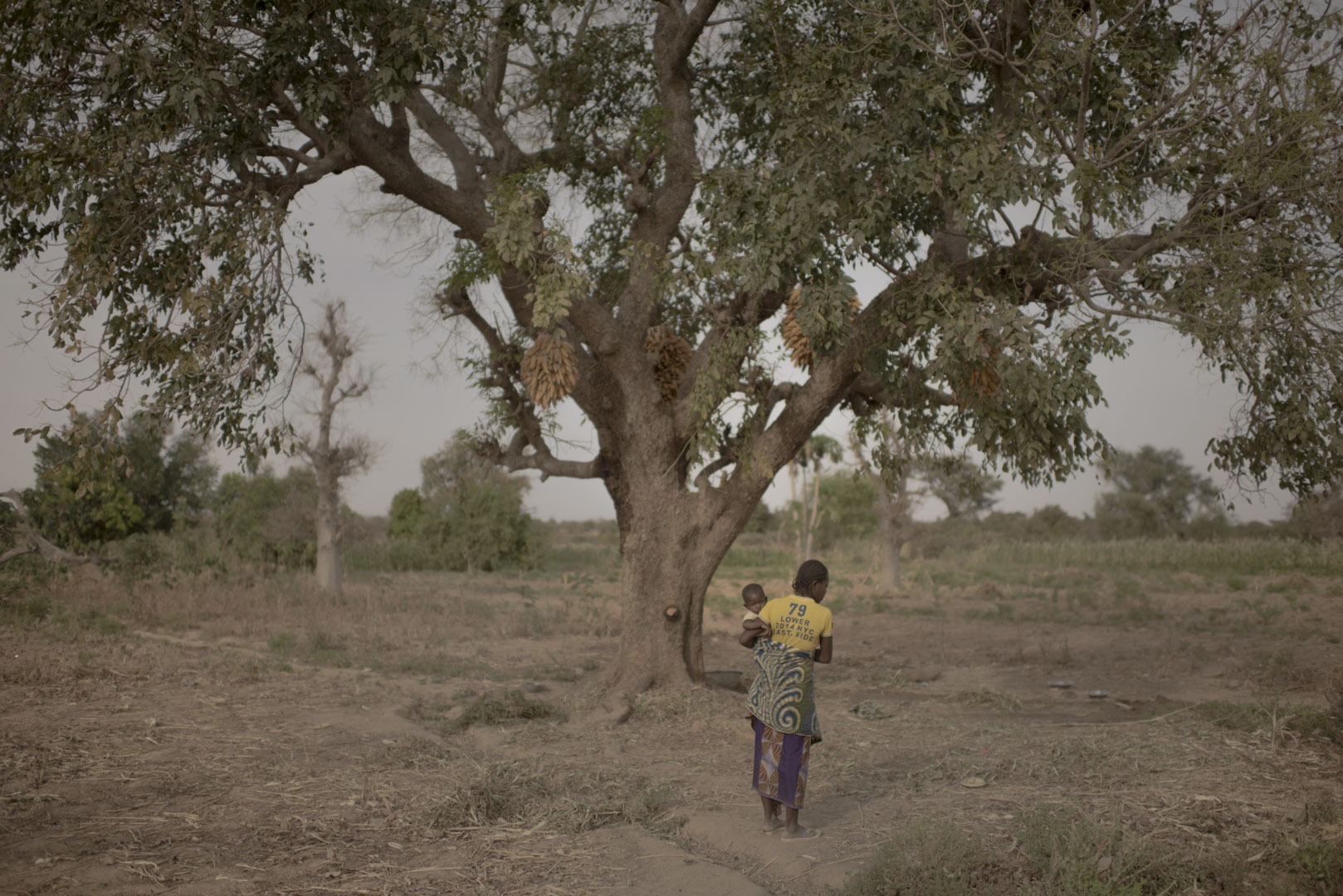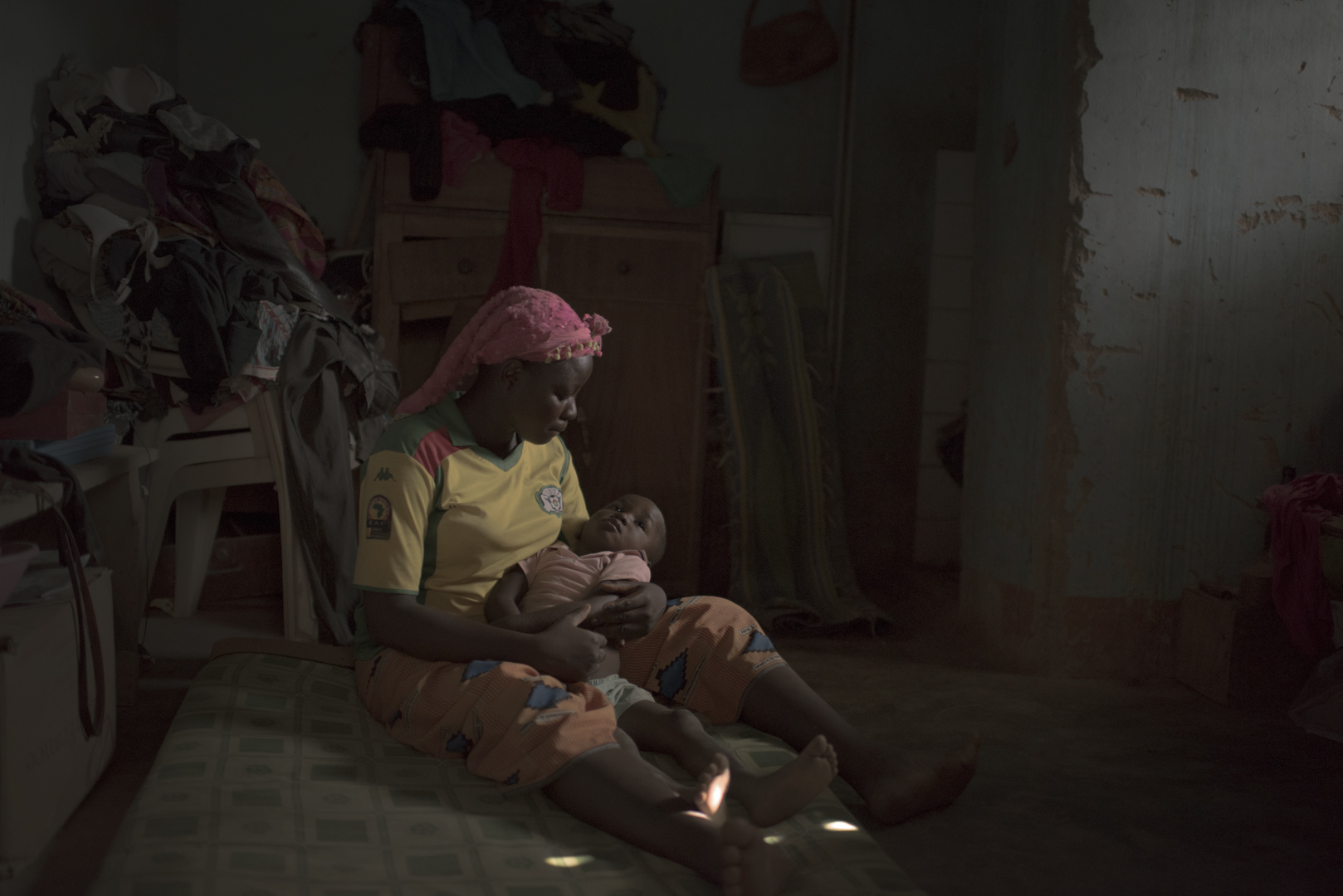Childmothers, Middle-East, 2015
Muna is 14 years old and Rim is 4 months old. Muna lives with her daughter and her husband in a refugee camp in Jordan due to the war in her home country. Her pregnancy and delivery went well, without complications. Muna wants to have more children and doesn’t want to go back to school to finish her education.
“I live in the camp with my husband and his parents. My parents and my brothers are here, too. I used to go to school both here and in my home country. I liked school, but I stopped. I have a daughter now, so I can’t go. I was 13 when I first got pregnant. I was happy, except that I felt sick the last few months. I gave birth to my child in the camp clinic and I was in pain for about two weeks afterwards. Every morning, I get up around seven or eight to breastfeed my daughter. Then I do the housekeeping. I get a lot of help taking care of my daughter from my in-laws and my husband. Rim is fine but she throws up a lot. I think she’s losing weight because of all the vomiting and diarrhea. She’s had it for two months. I talked to the doctor, but he said it’s normal. It’s a big responsibility, but I’m glad I became a mother. I’d like to have three more. I don’t want to continue my education. I don’t know if it’s difficult to get contraception here because I’ve never asked for it. There are women who get pregnant even if they use contraception. If God wants to give me children, it will happen, no matter if I take contraception or not.”
Childmothers, South Asia, 2016
Access to educated midwives is essential to the lives and health of girls and women during pregnancy and childbirth. Fully qualified midwives working within a functioning health system can prevent as many as two-thirds of maternal and new-born deaths. They could also deliver 87 per cent of all essential sexual, reproductive, maternal and new-born health services. Yet only 42 per cent of people with midwifery skills work in the 73 countries where more than 90 per cent of all maternal and new-born deaths and stillbirths occur. Young first-time mothers can be at particular risk as they often take longer to recognize signs of complications and to seek care. Furthermore, many of these young mothers tend to live in communities where access to antenatal and postnatal care can be very limited. Pregnant girls that are unmarried often face additional barriers in accessing health services, as they may be met with judgmental attitudes both by healthcare providers and in their communities and families.
Lack of access to skilled birth attendants can result in very young adolescents in low- and middle-income countries having twice the risk of maternal death and obstetric fistula than older girls and women (including older teens). However, when girls get antenatal and postnatal care, they receive both essential help in protecting their health and getting safely through pregnancy and labour, but also the opportunity to obtain information about, and access to, contraception, so they can avoid unintended pregnancy.
Childmothers, Latin America and Caribbean, 2016
Very young mothers are often invisible in national and global statistics that only consider women between15-49 years to be of reproductive age. Young girls are also often excluded from, or beyond the reach of, health, education and development interventions. Yet, girls under the age of 15 face the greatest risk of complications and death from pregnancy and childbirth. Every year, an estimated 70,000 girls between the ages 10 to 19 die from complications related to pregnancy and childbirth.
Adolescents should be equipped to make their own life choices: to decide which education or vocational training to pursue; which job opportunities to aim for; to decide whom to take as a partner and whether, when and whom to marry and start a family. Yet, every year, millions of girls have their life choices severely limited by becoming mothers too early.
Childmothers, West and Central Africa, 2016
Research shows that in some countries, the first sexual encounters of many girls are non-consensual, and the incidence of forced sex is often higher among young adolescents than among older girls and women. In fact, young age is a known risk factor for a girl’s and woman’s likelihood of being subjected to violence by an intimate partner. Globally, it is estimated that one in every three women has been beaten, coerced into sex or abused in some other way – most often by someone she knows. While specific data for the 10–14-year-old age group is lacking, a study of 133 countries found that one in five women has been sexually abused as a child.
Gender-based violence is often viewed as a women’s issue, yet deep-rooted ideas about masculinity often play a major role. Evidence suggests that girls and women face more violence in places where social norms embrace male toughness, dominance and control of girls and women. Girls who are subjected to violence very often lack access to services that could support their safety and health, and access to justice.
